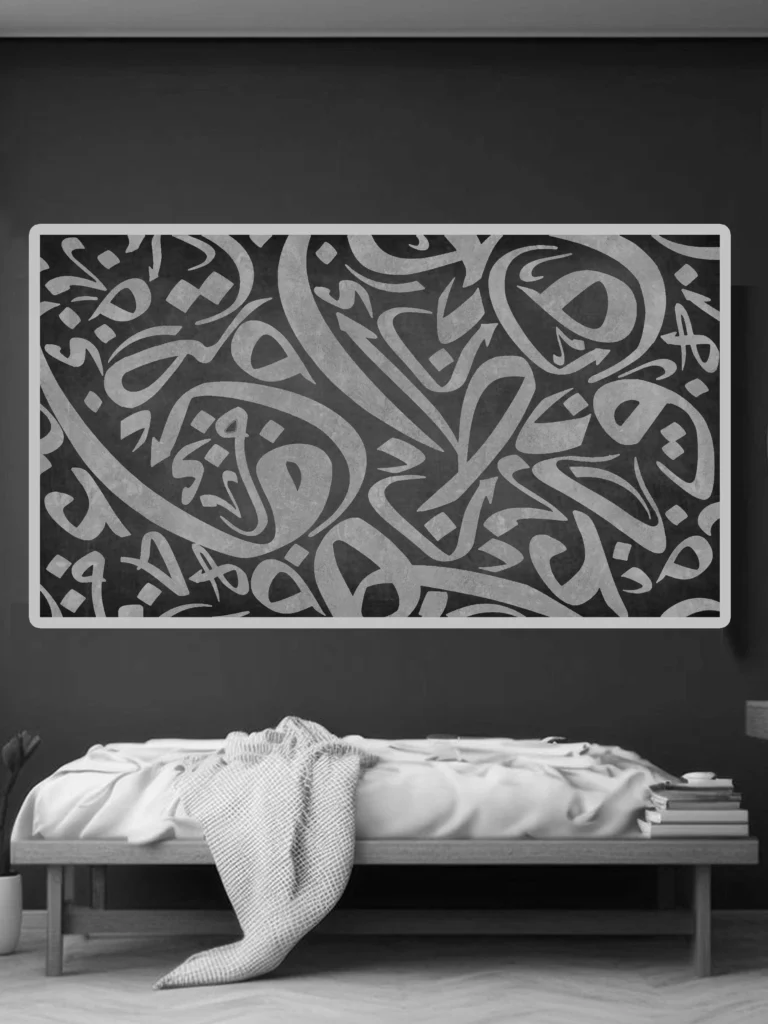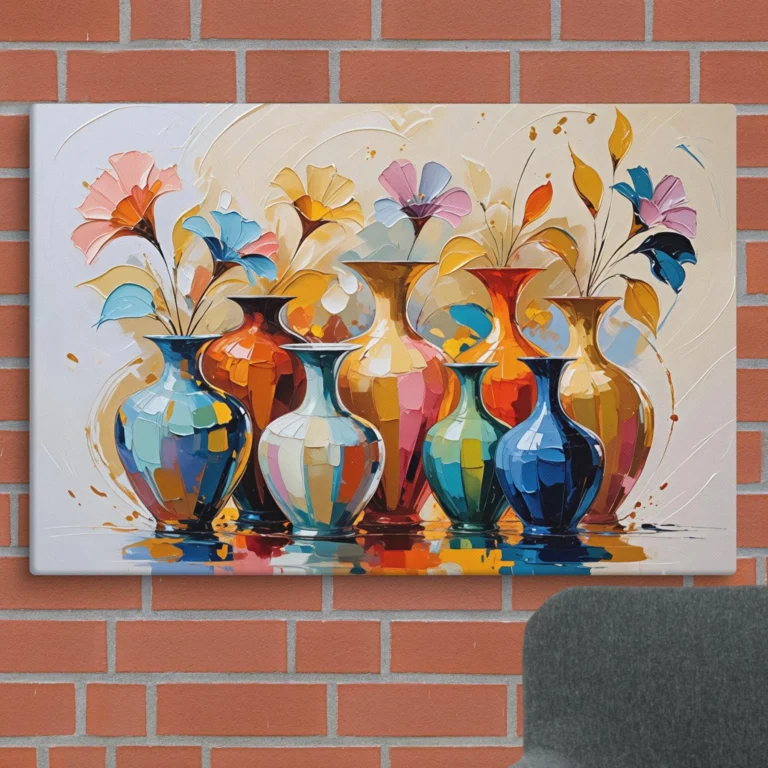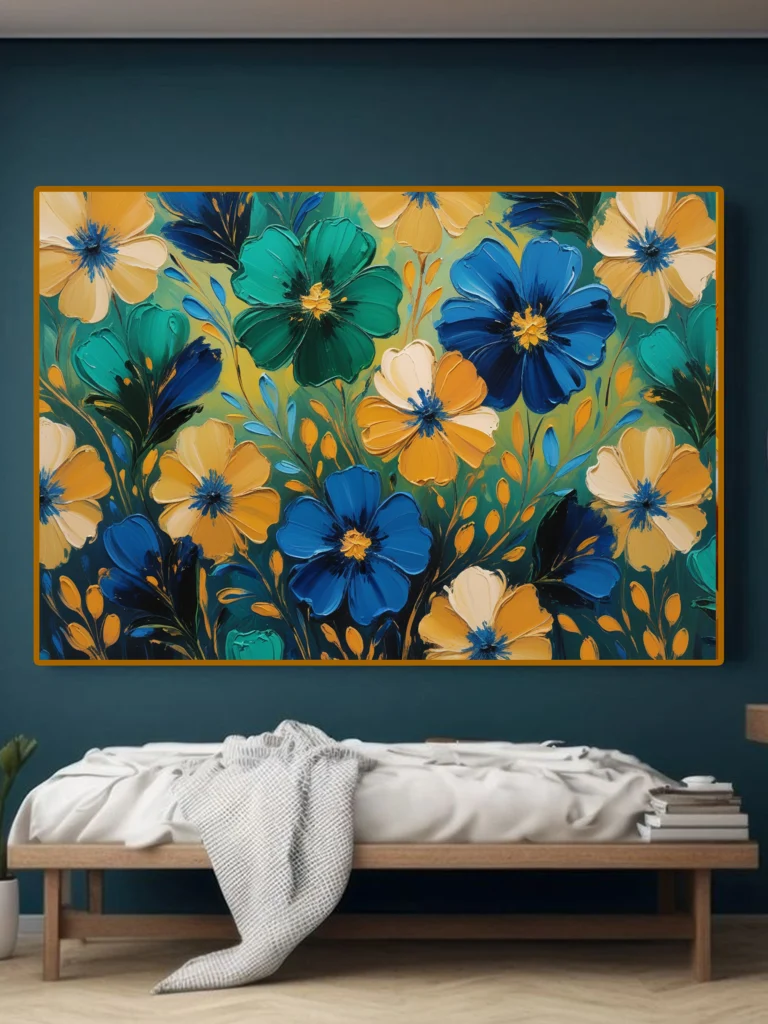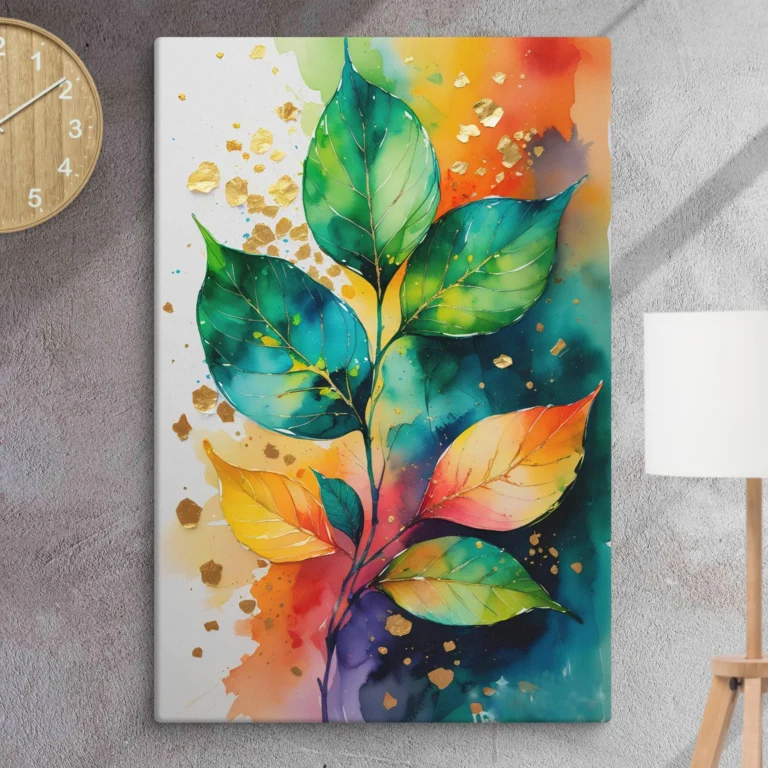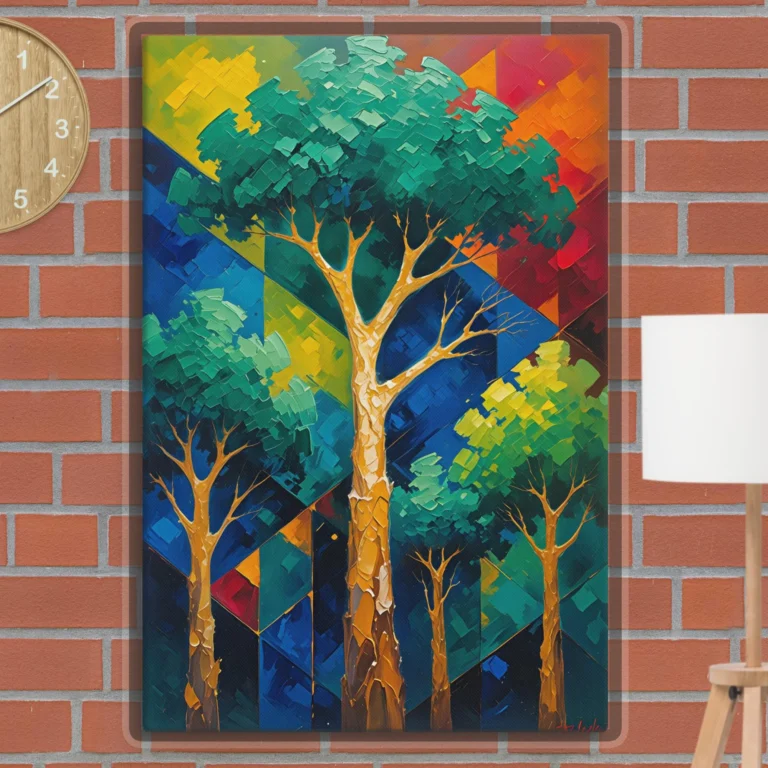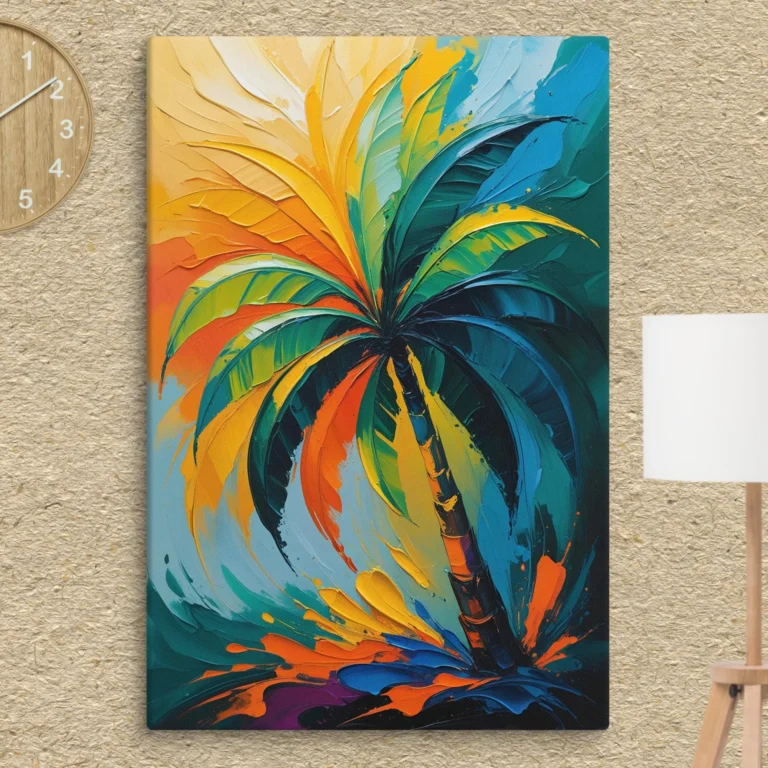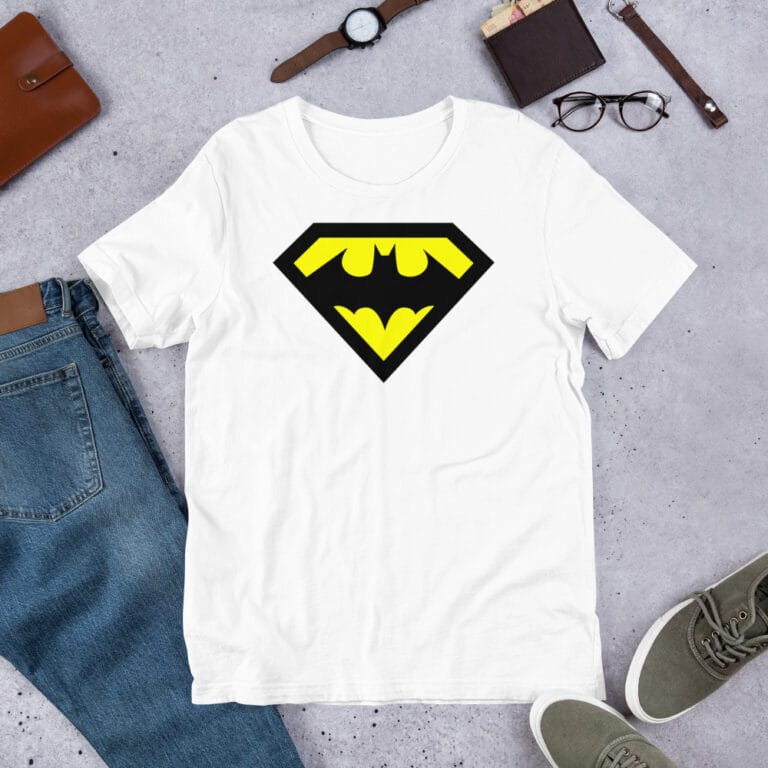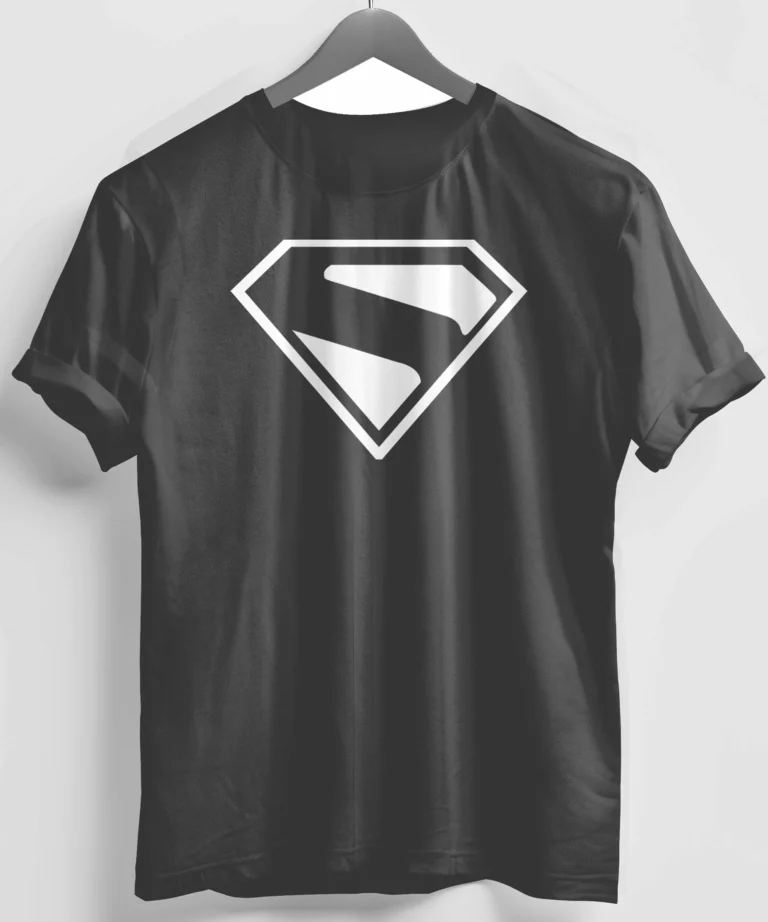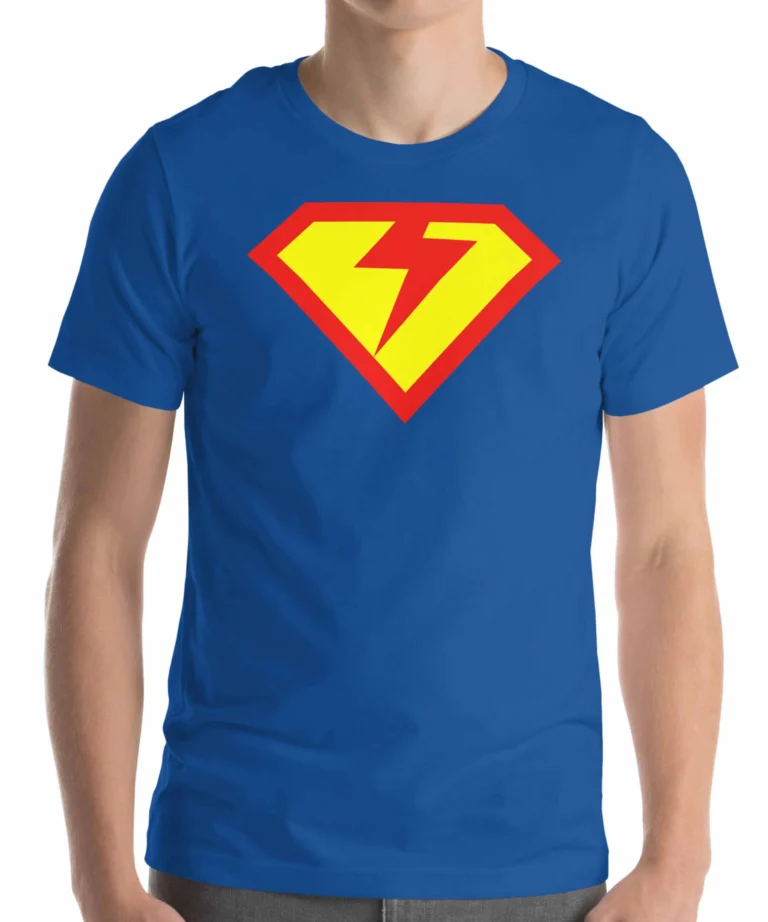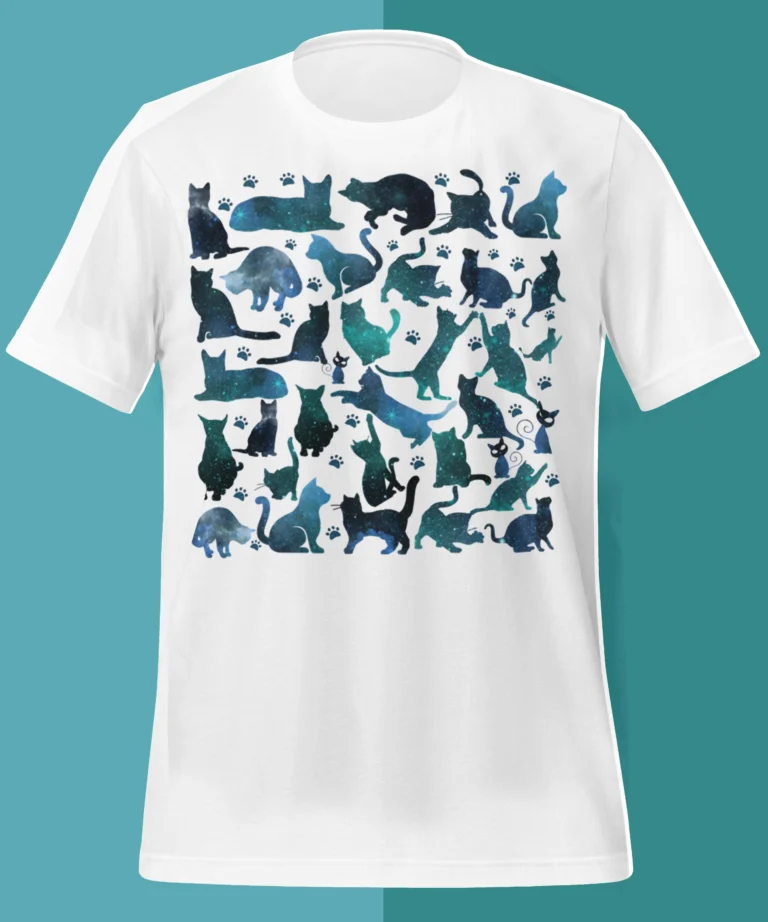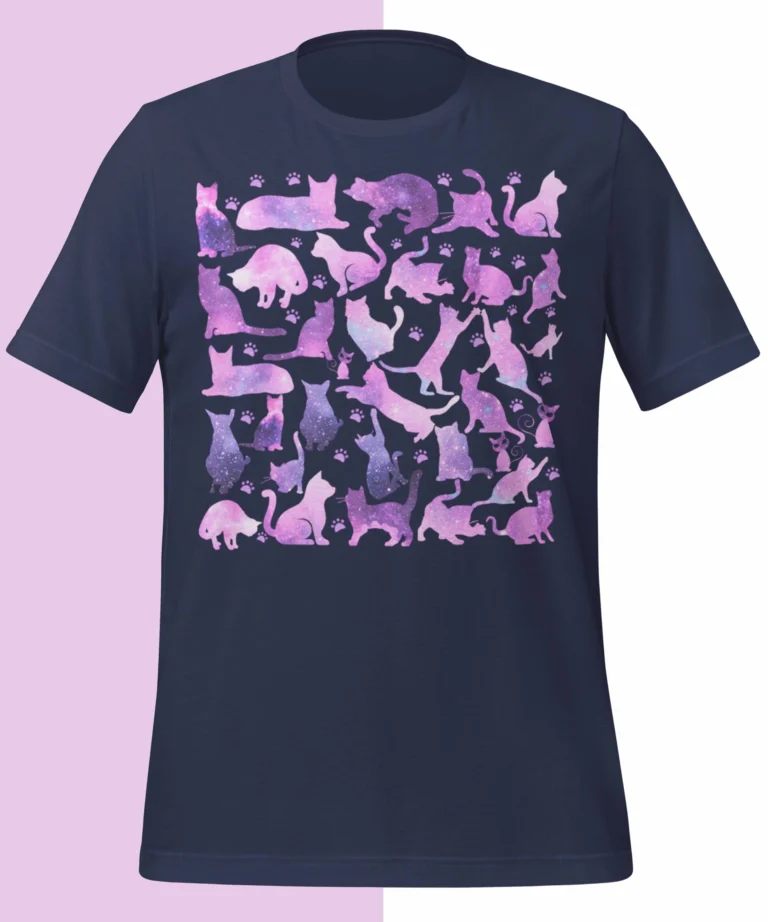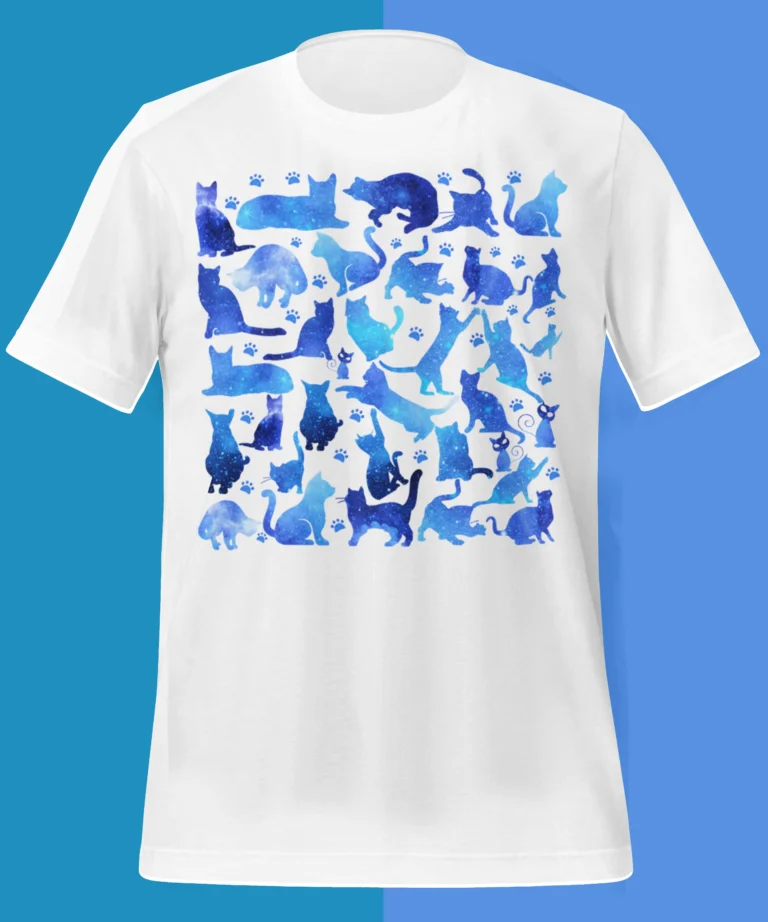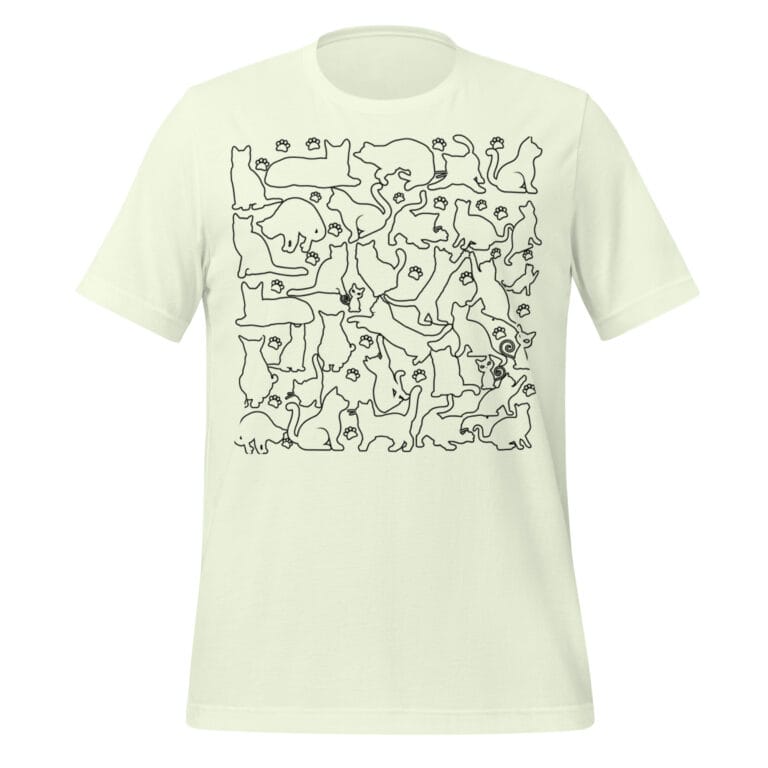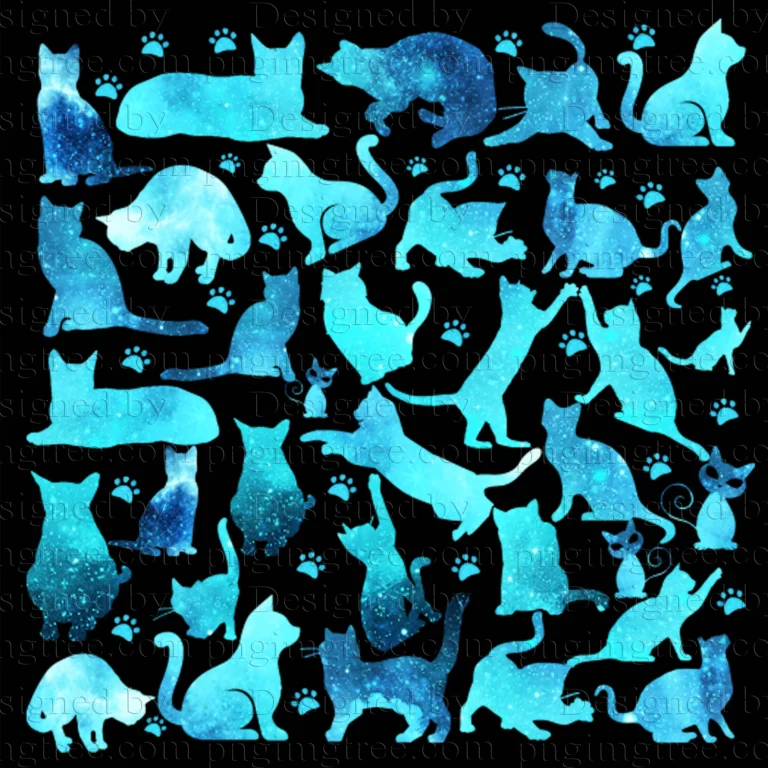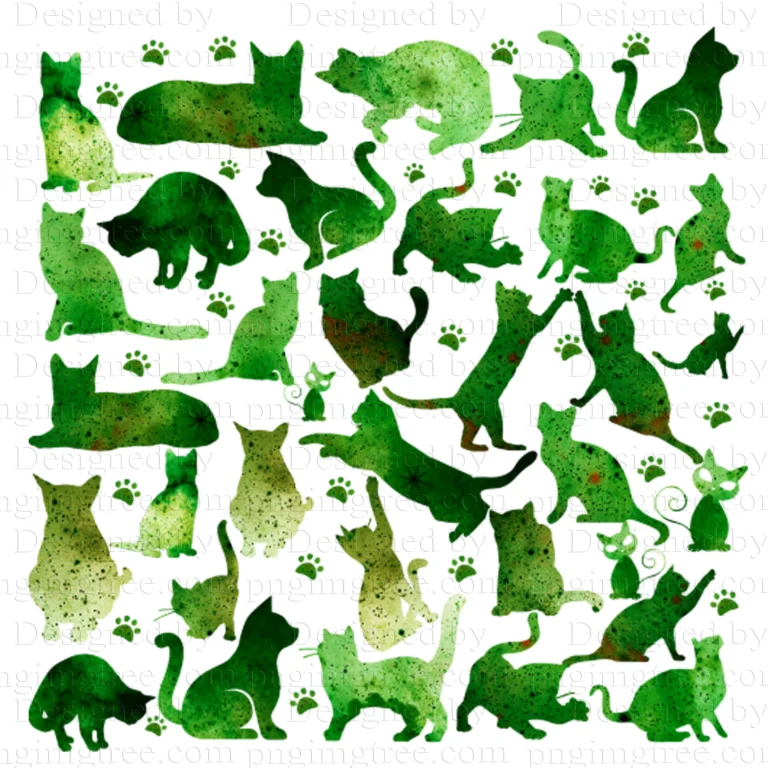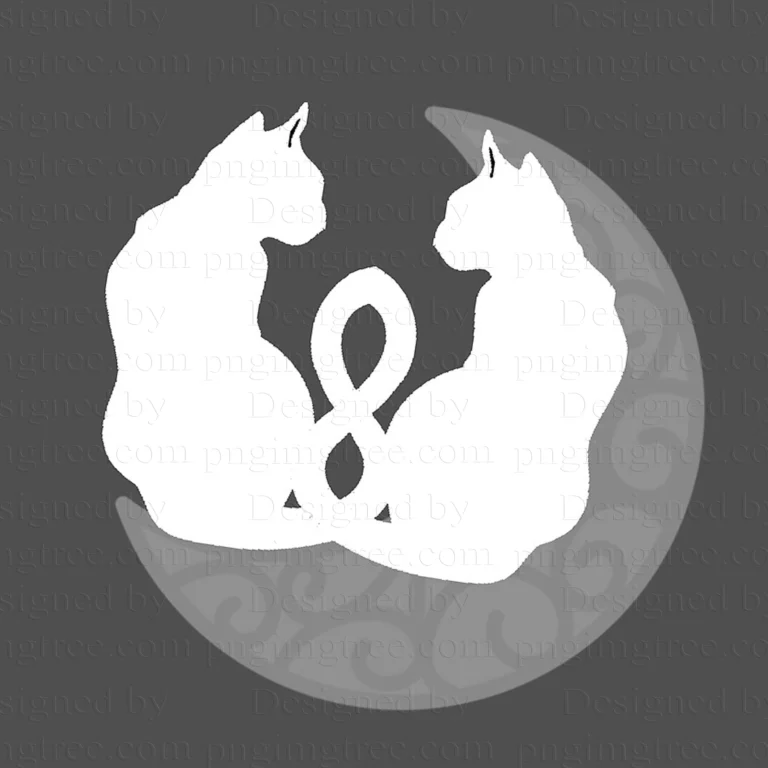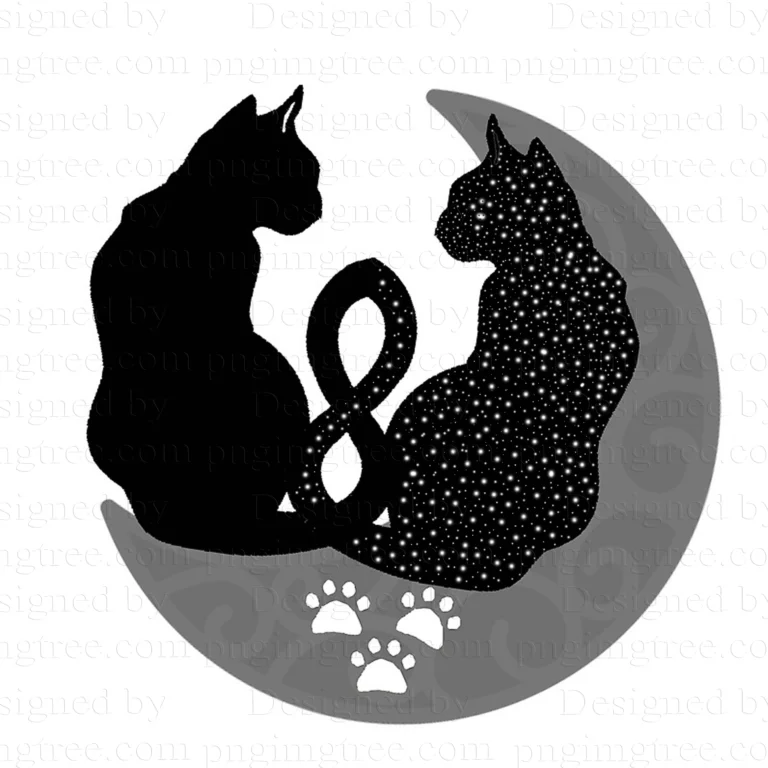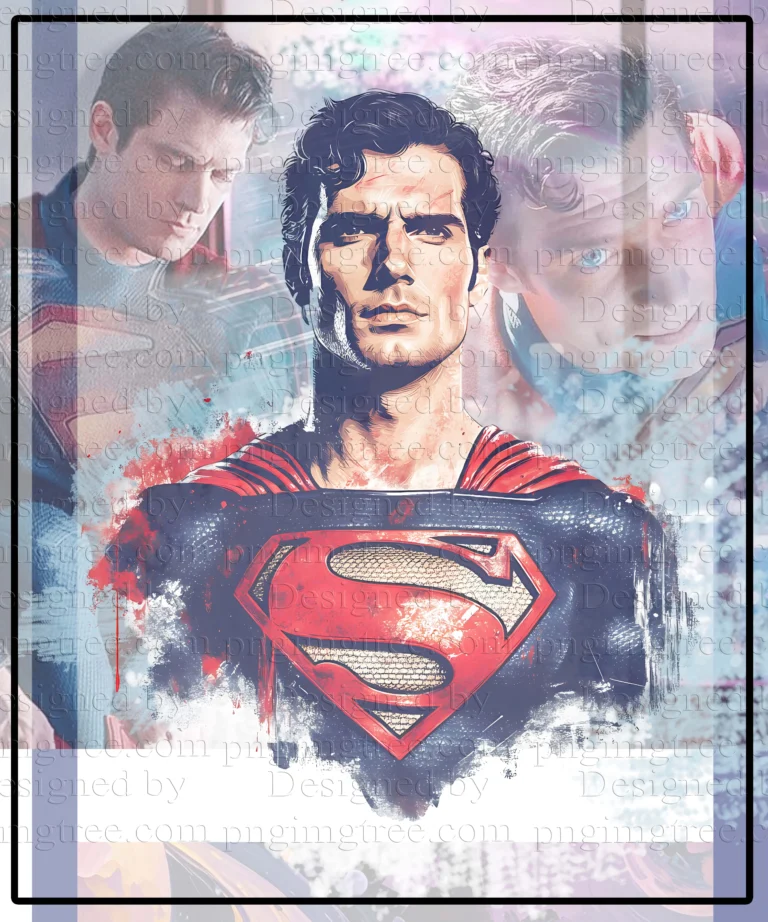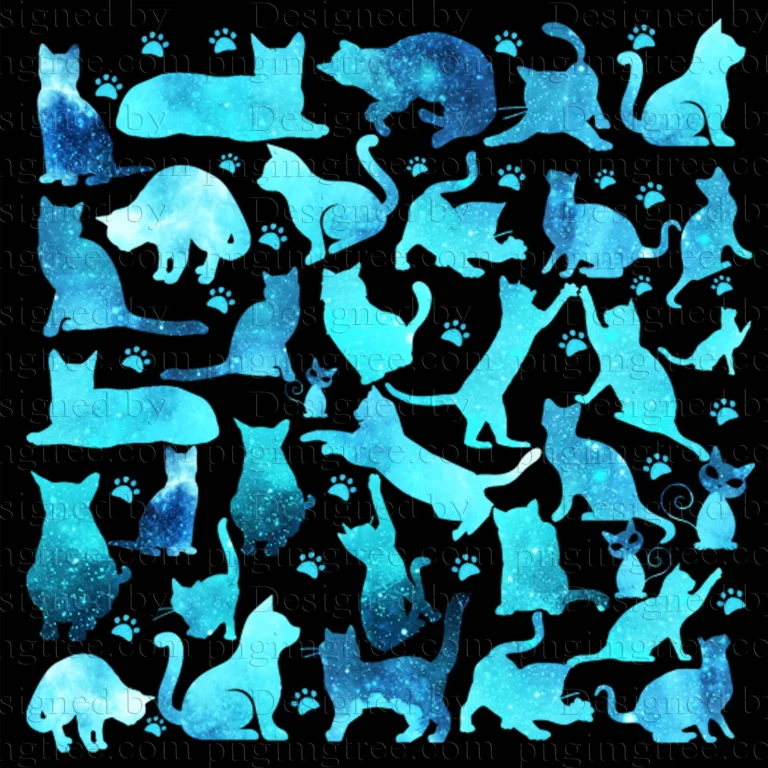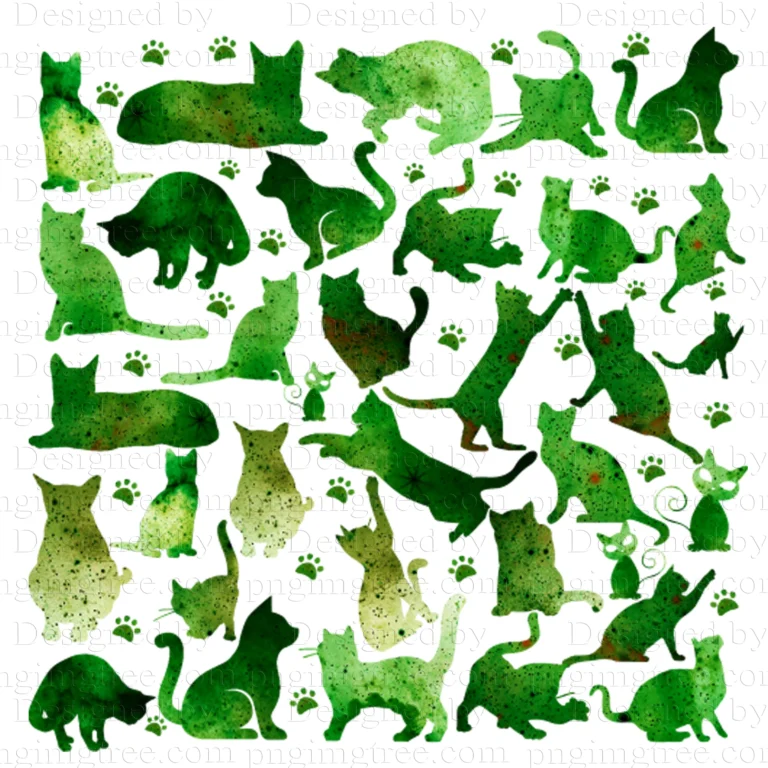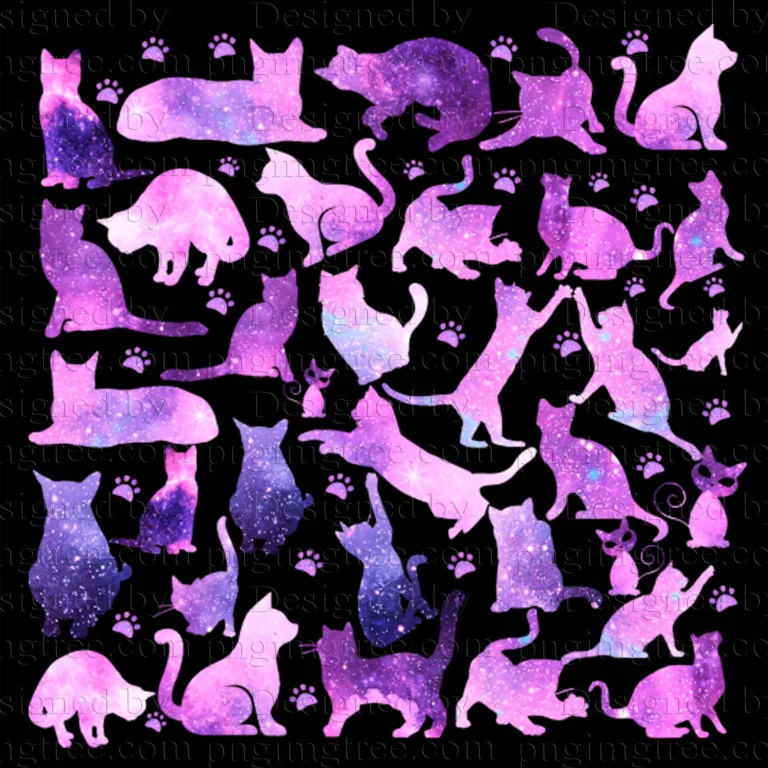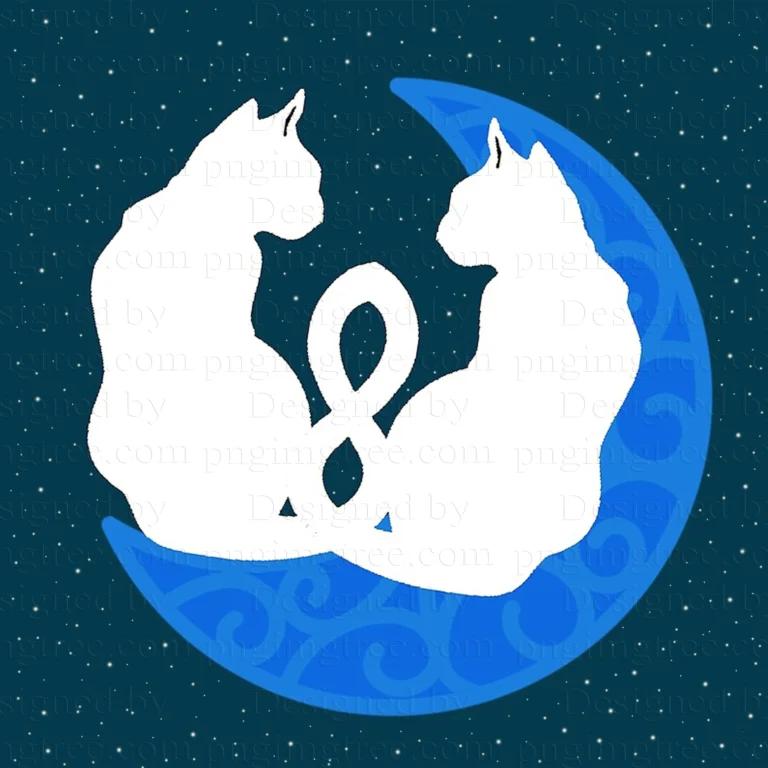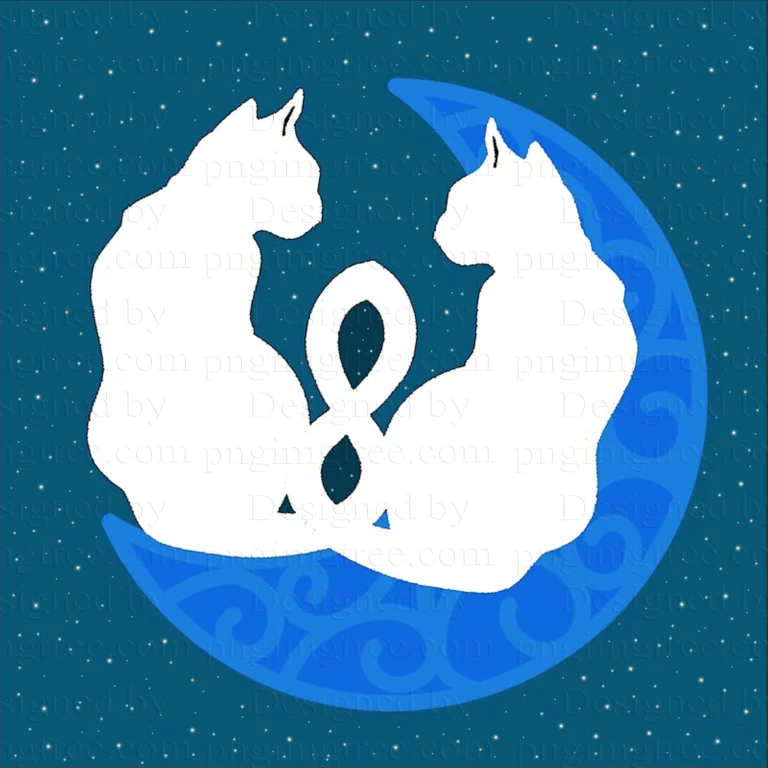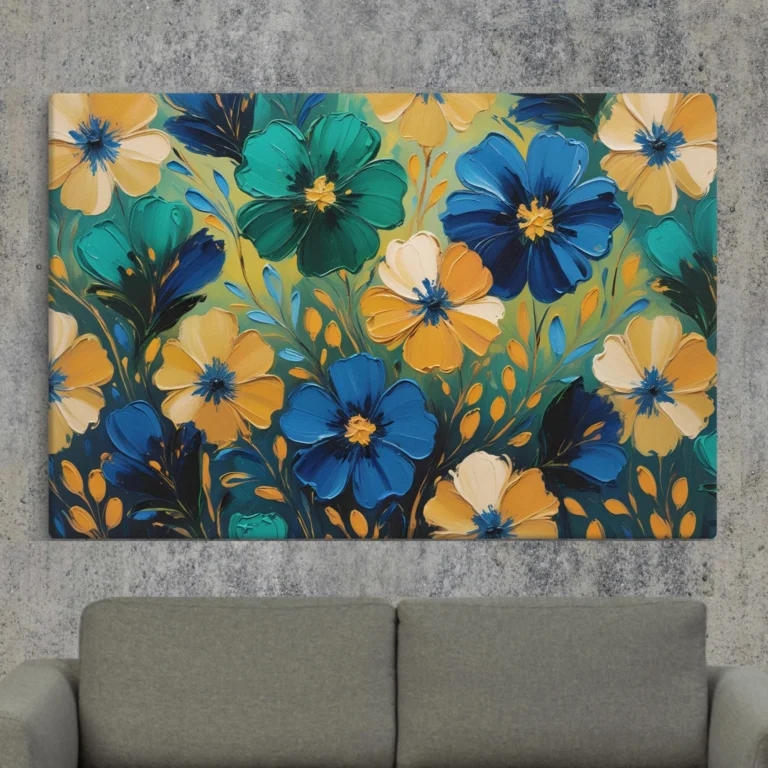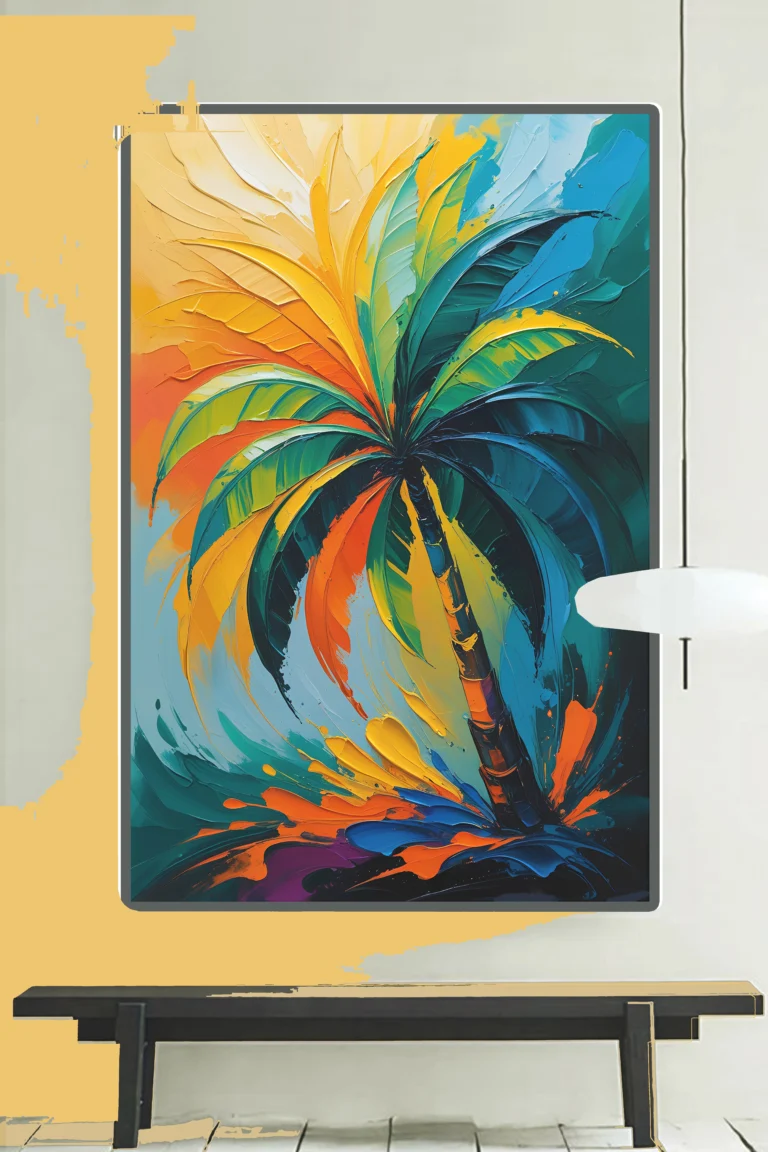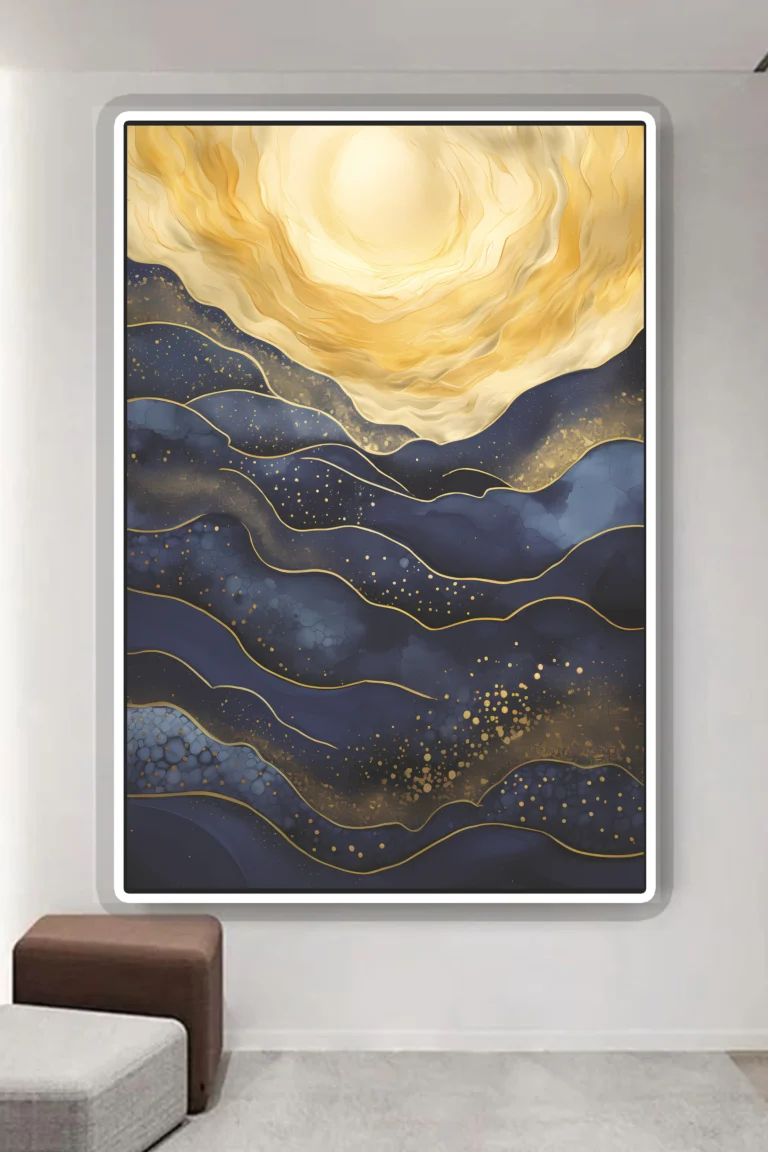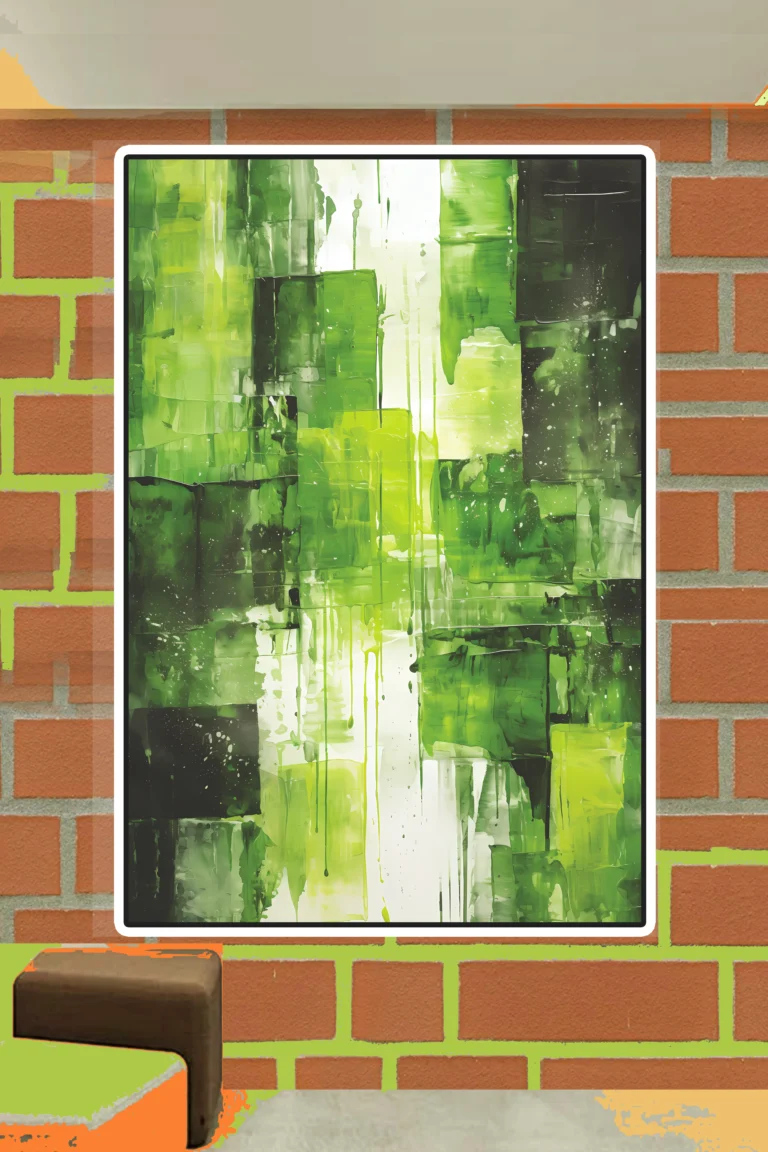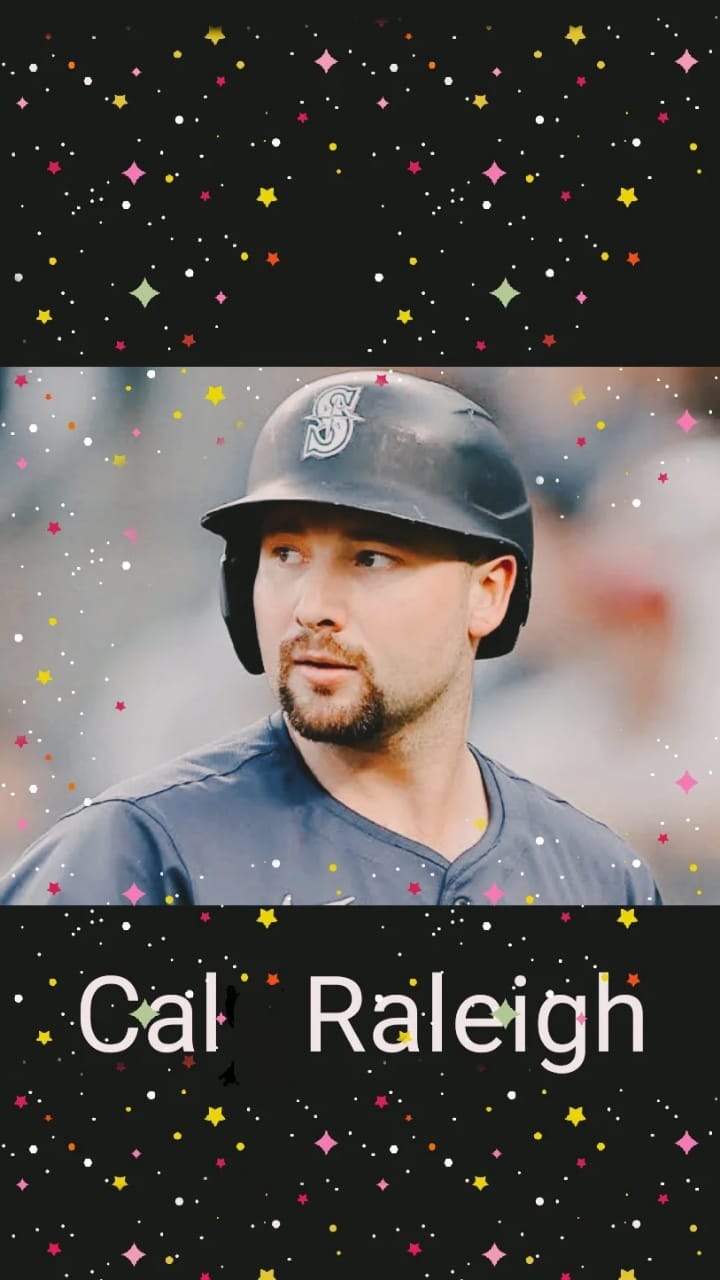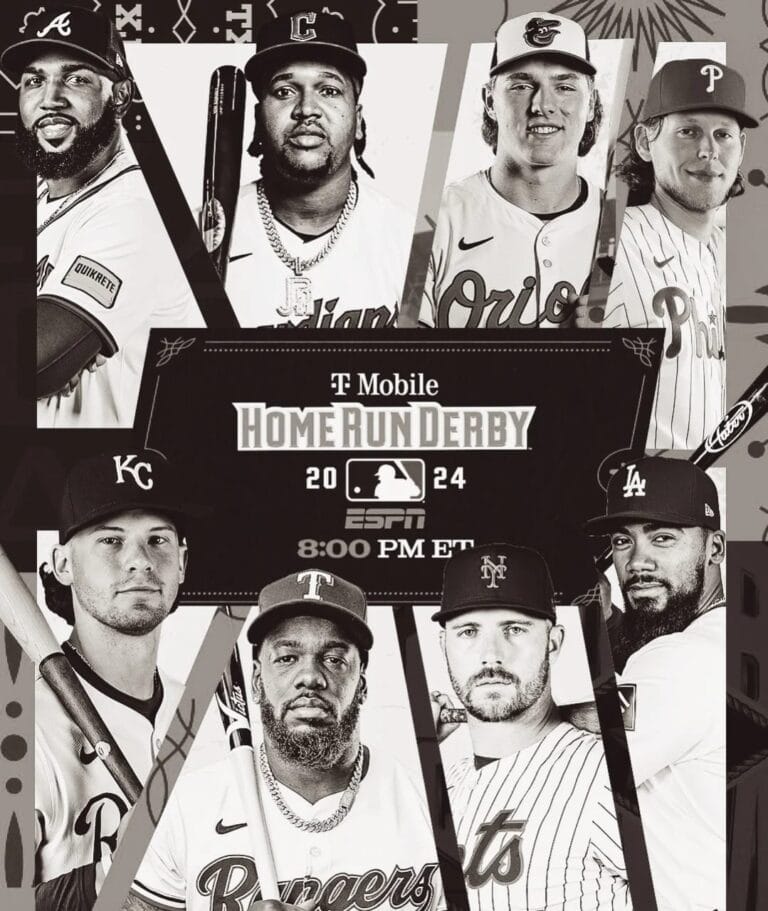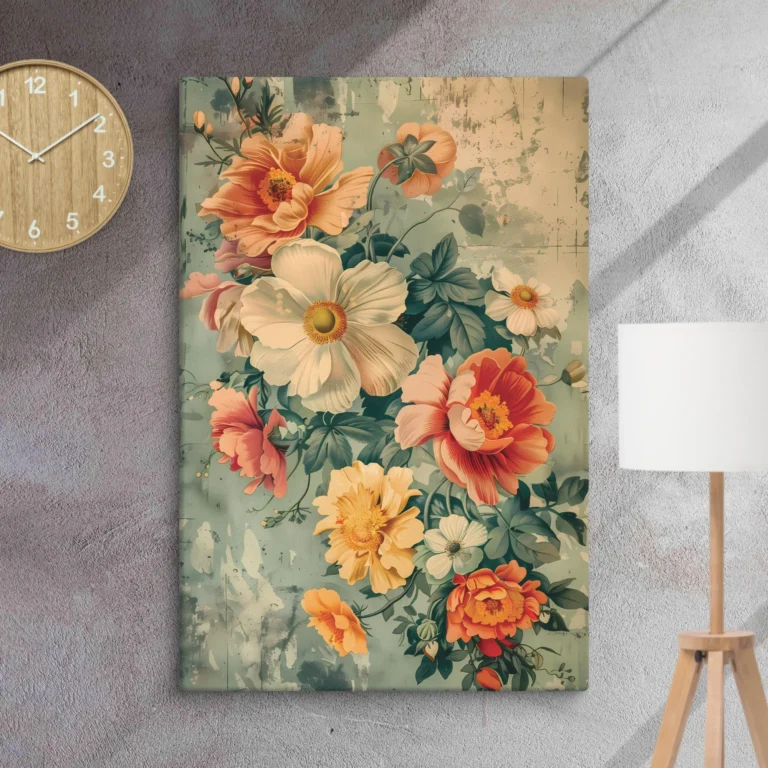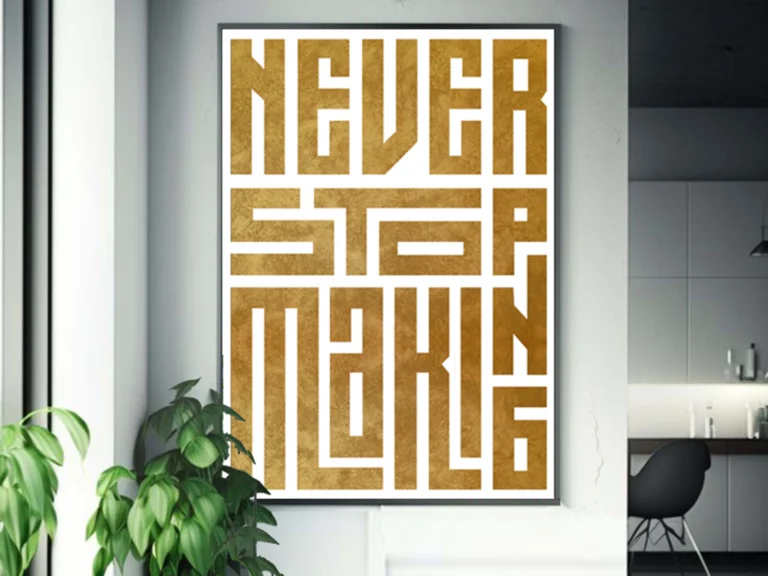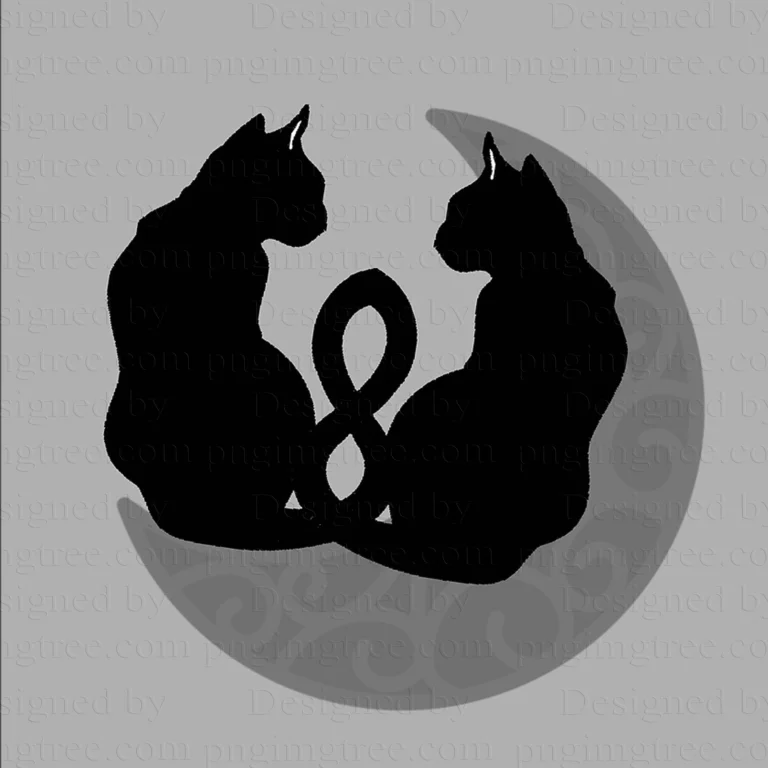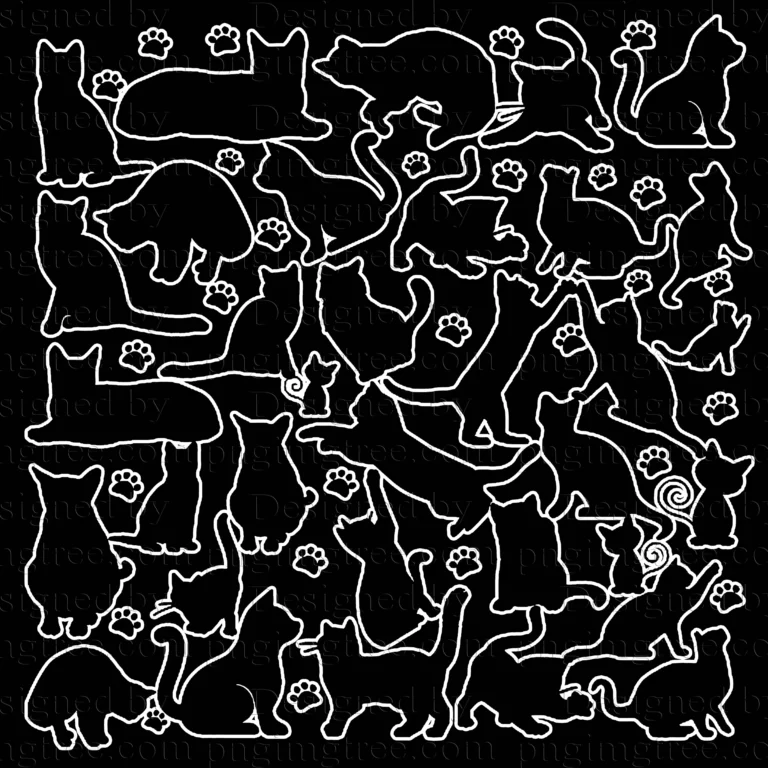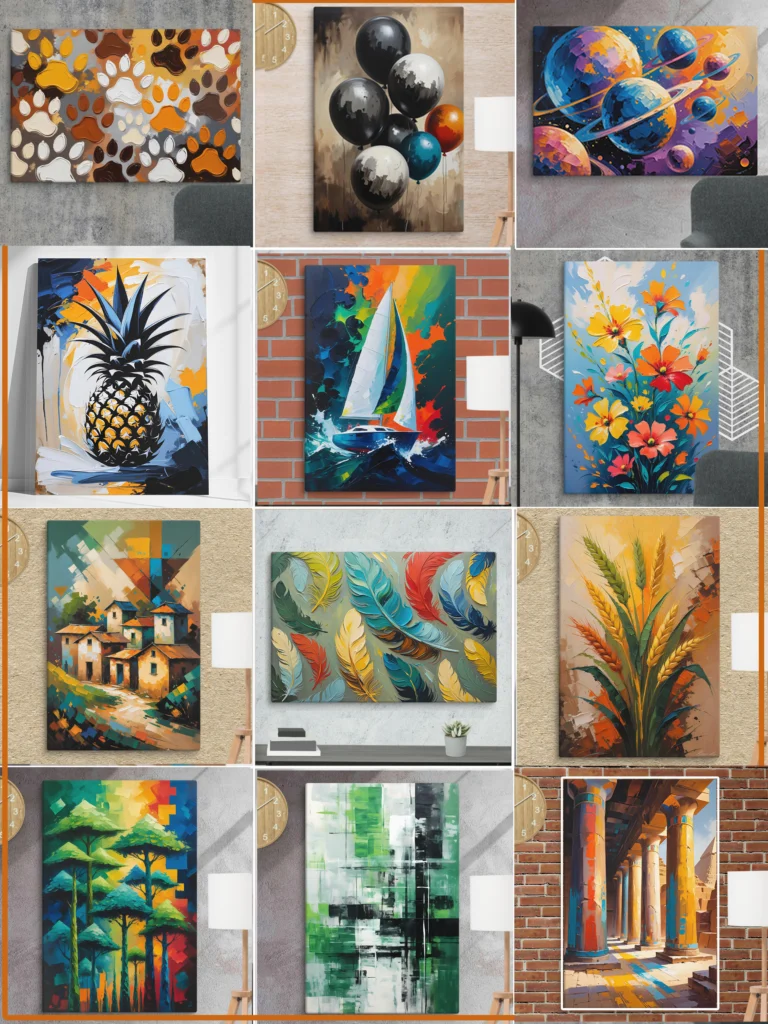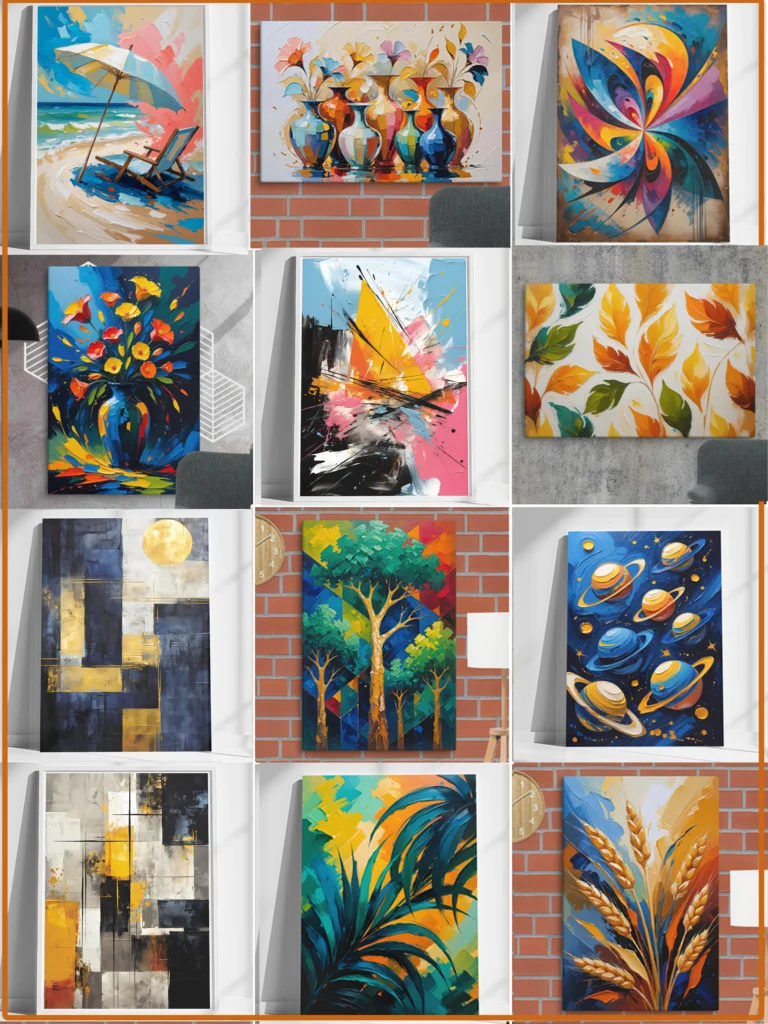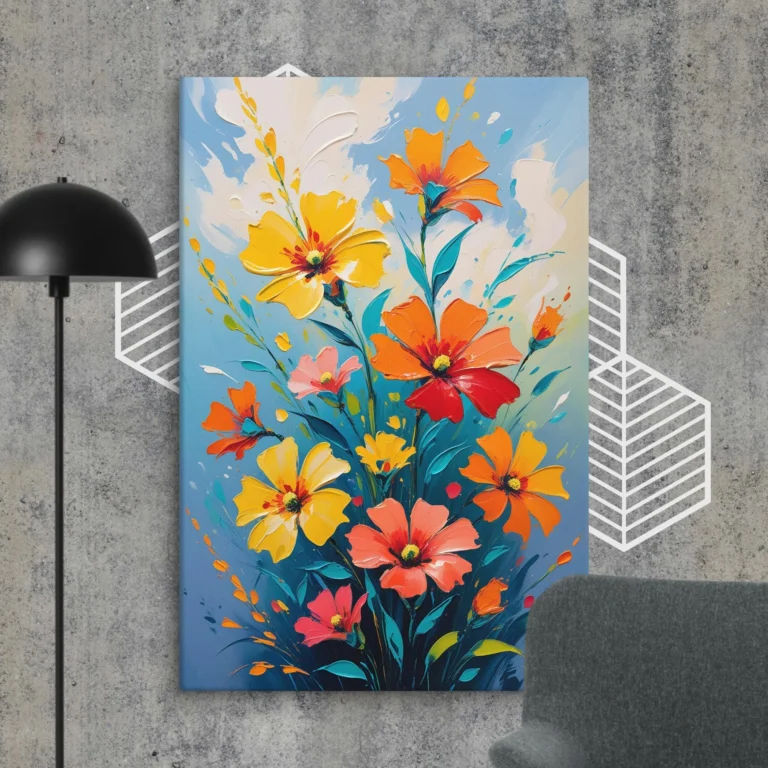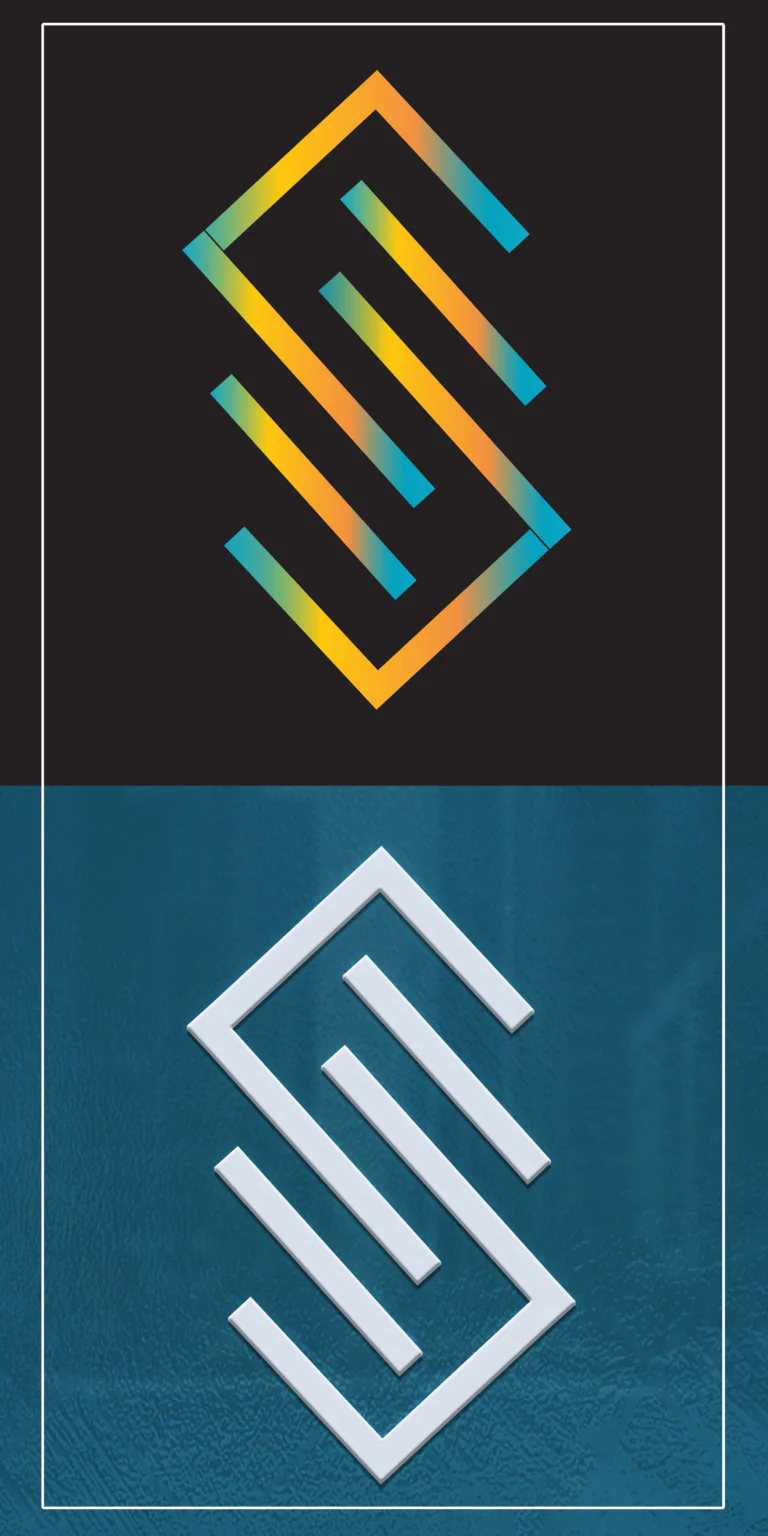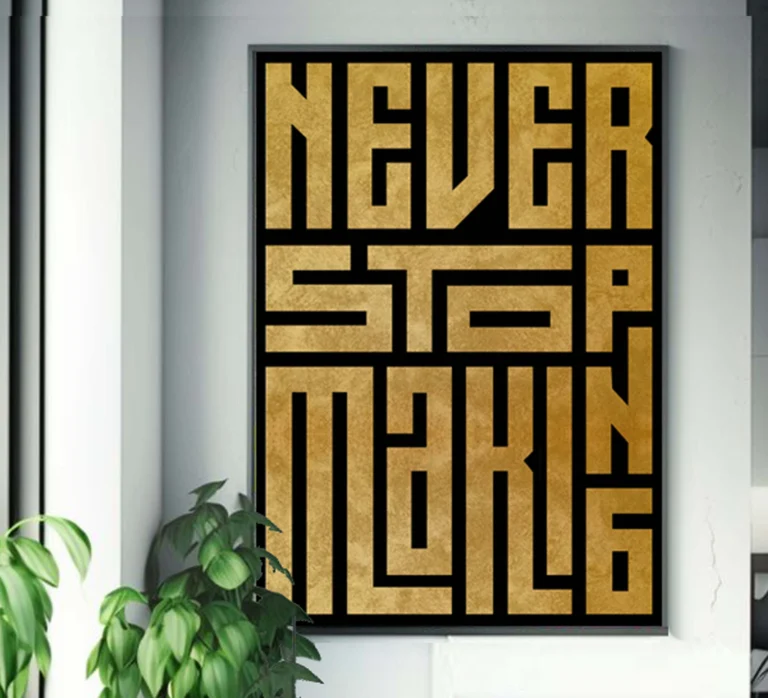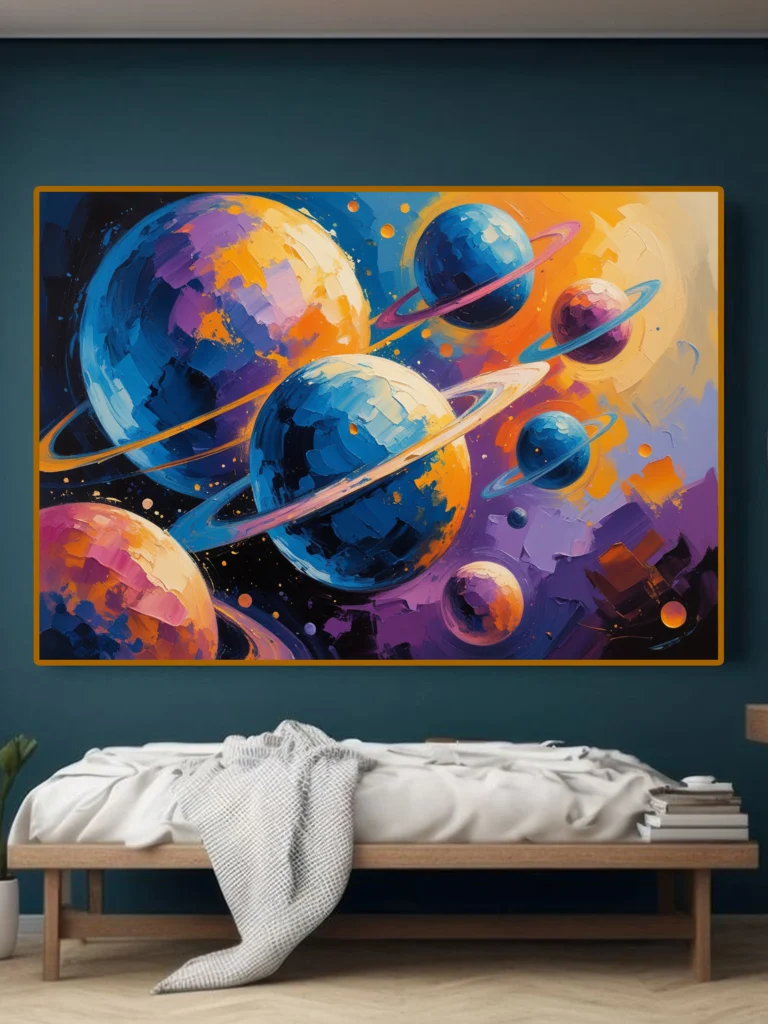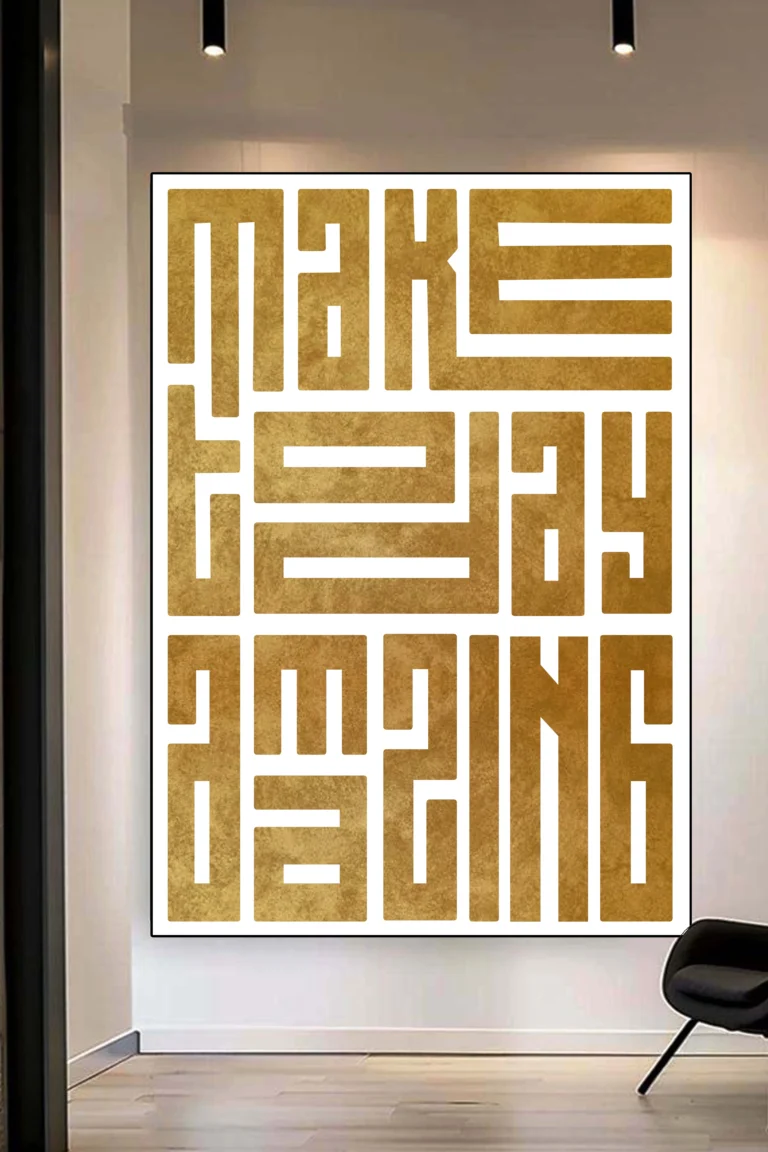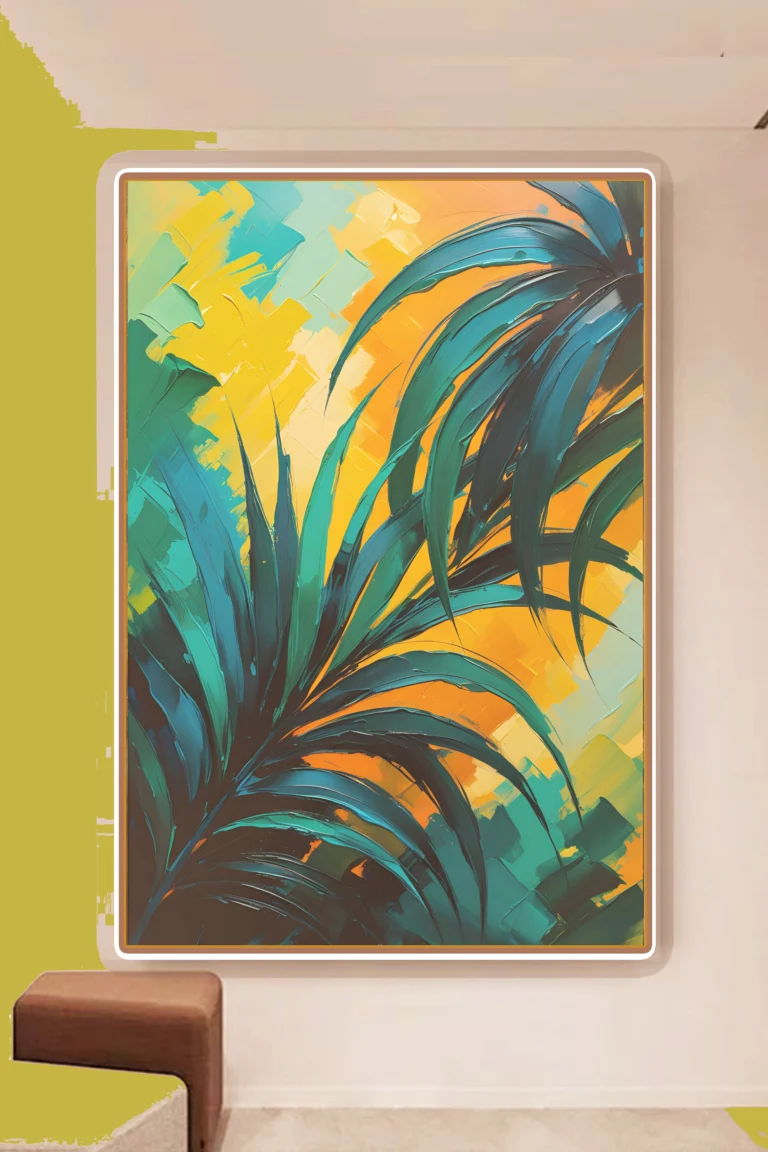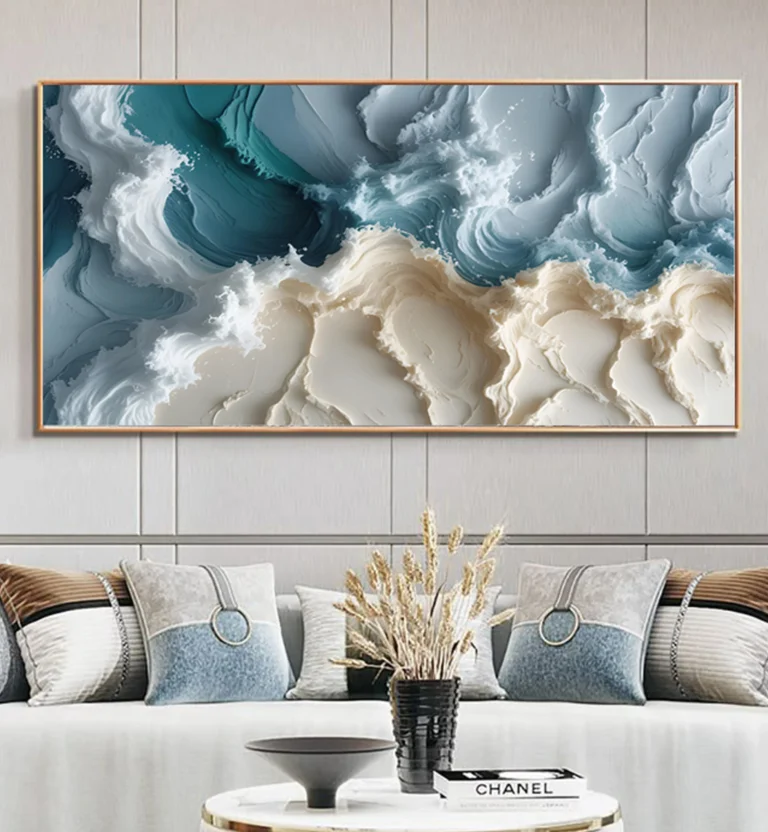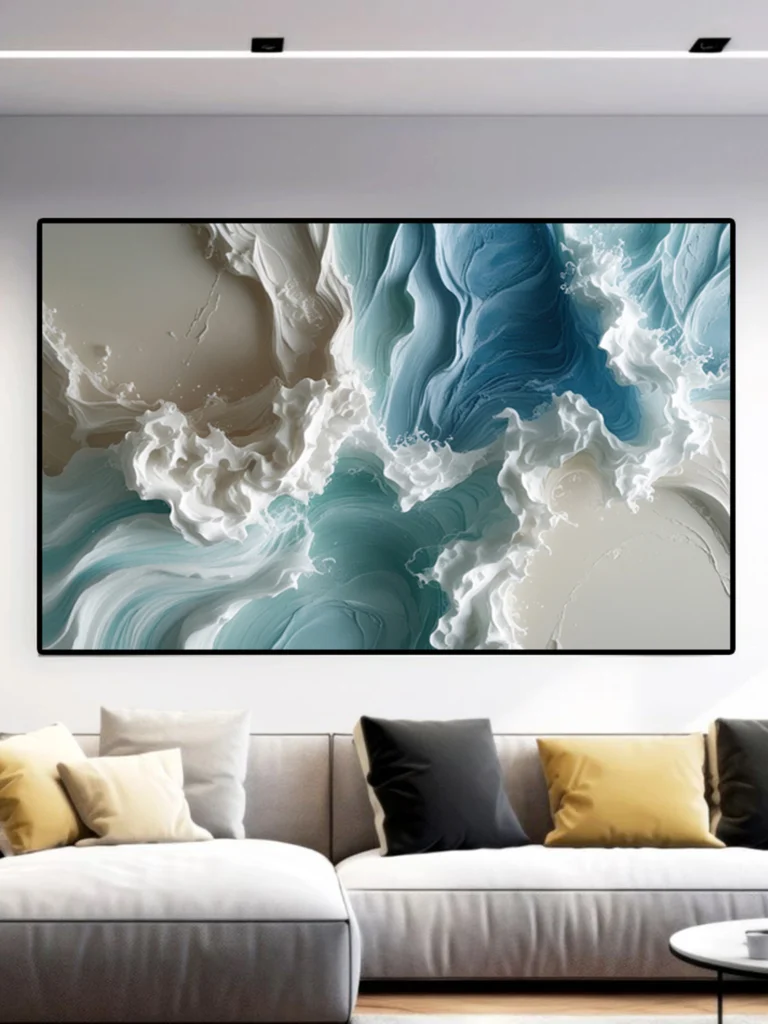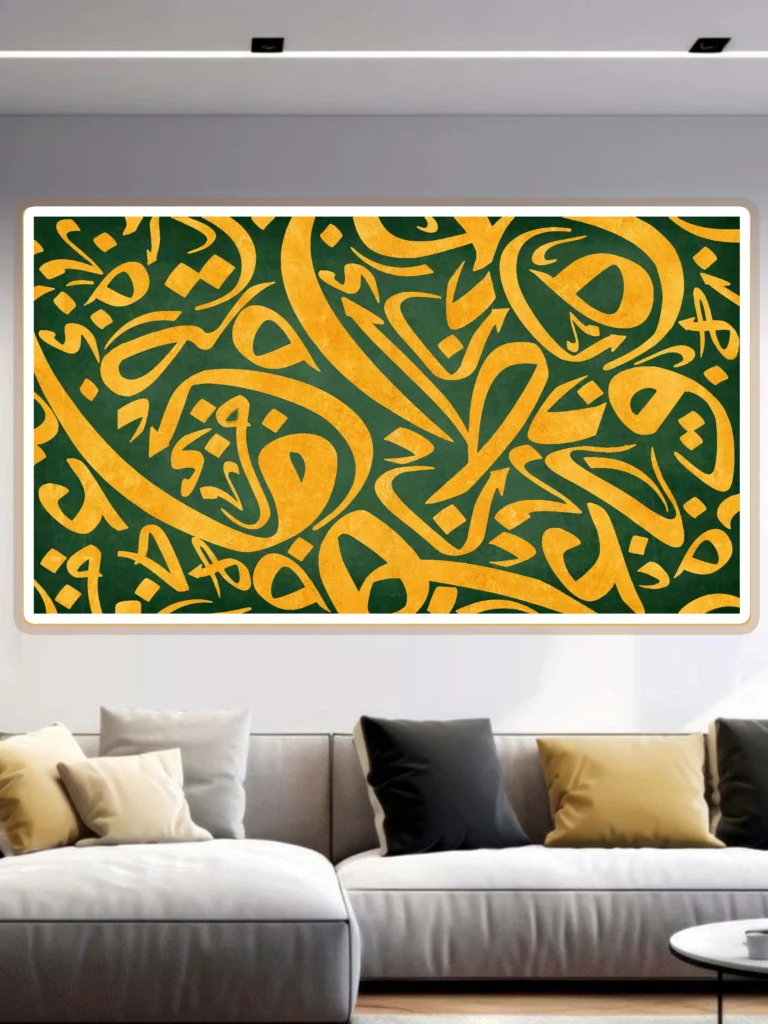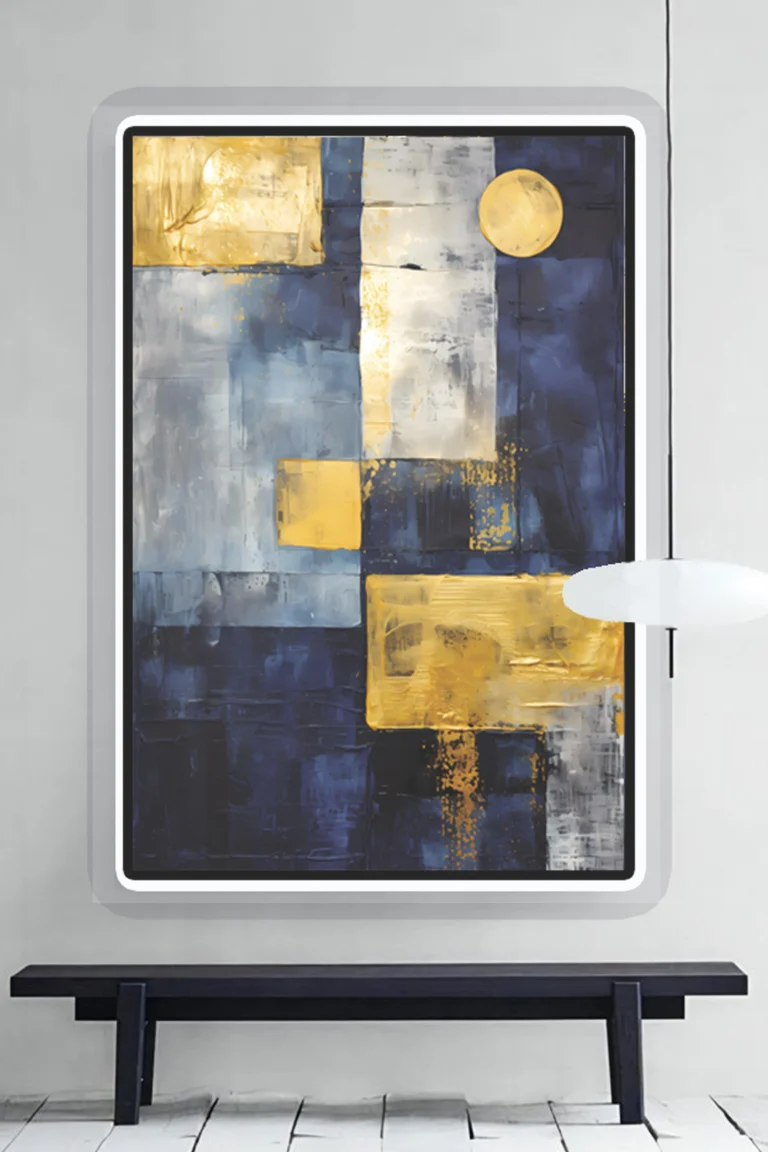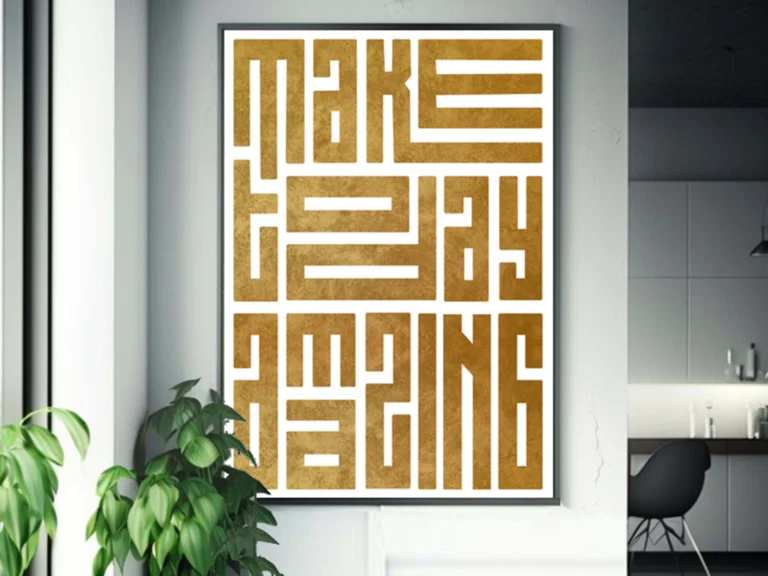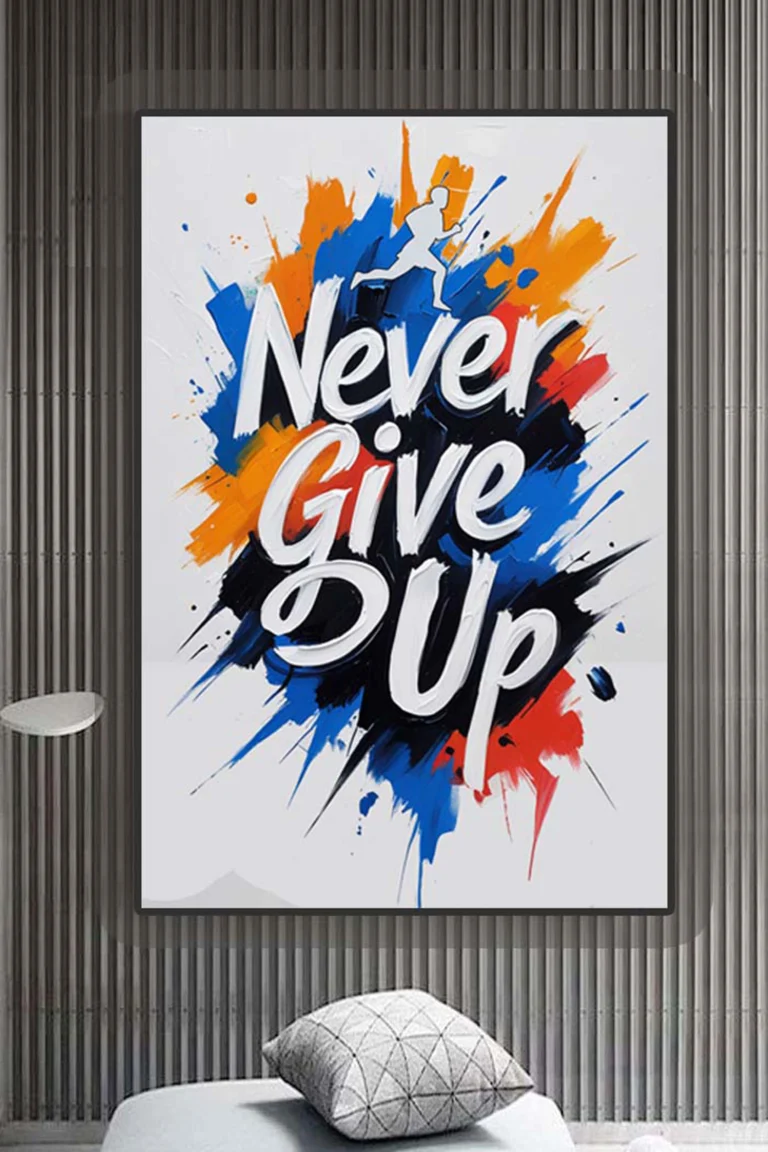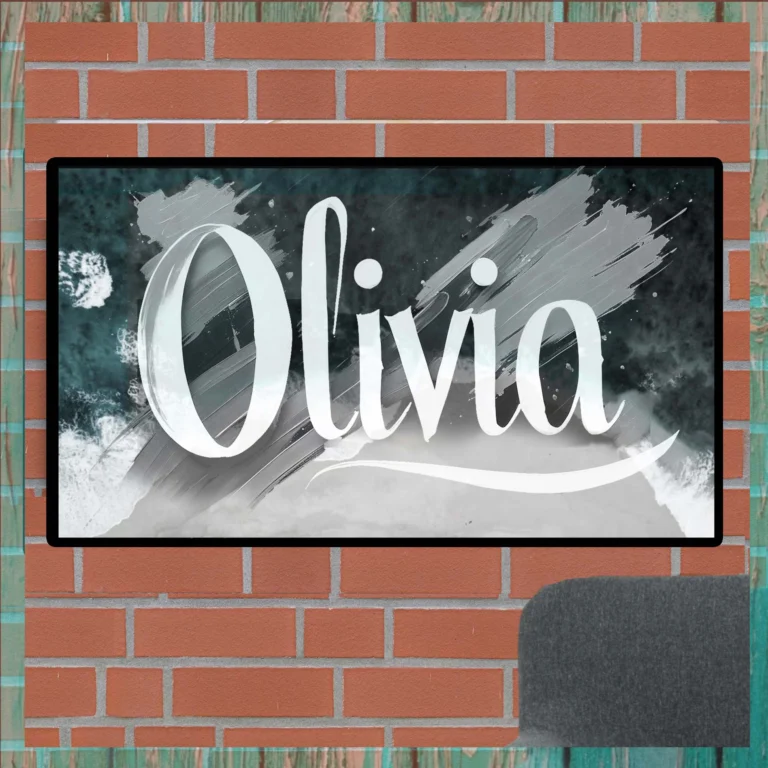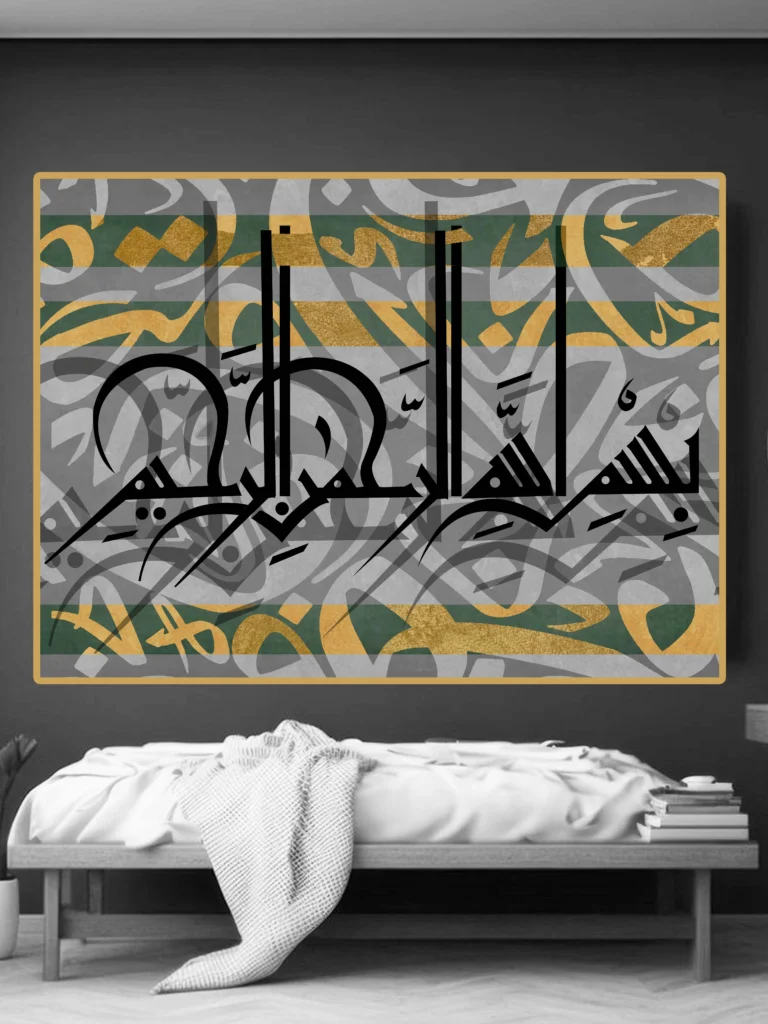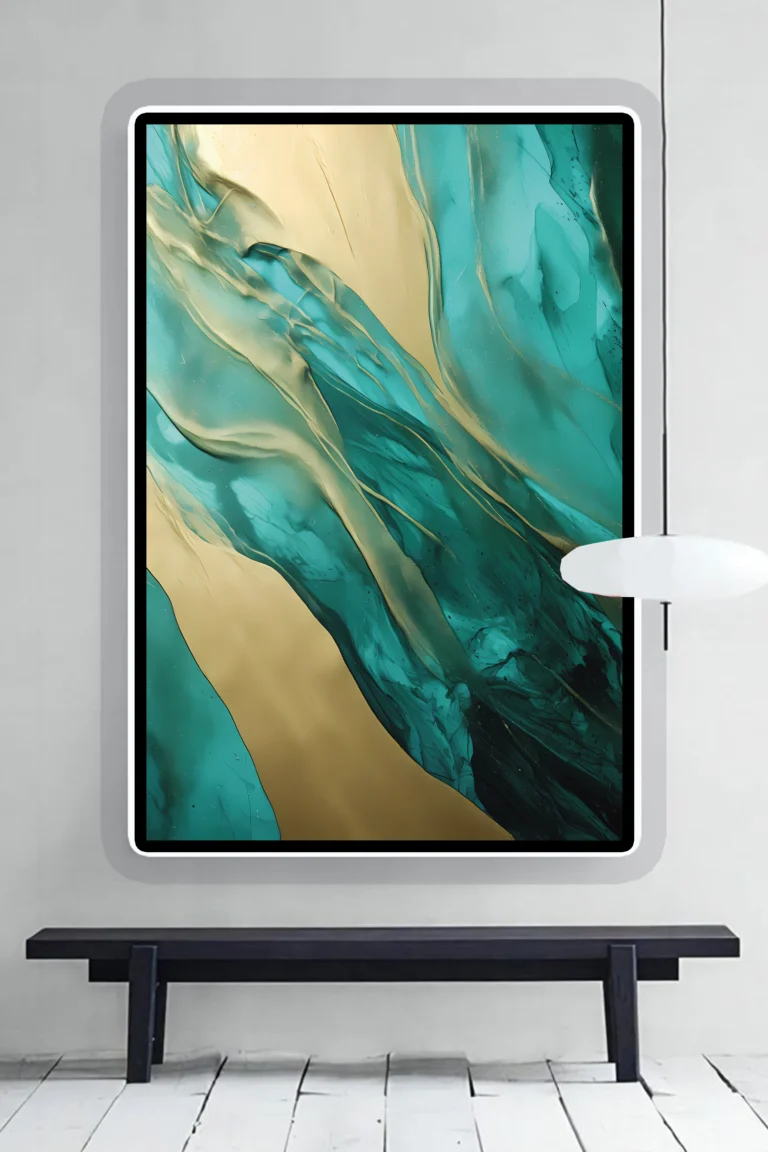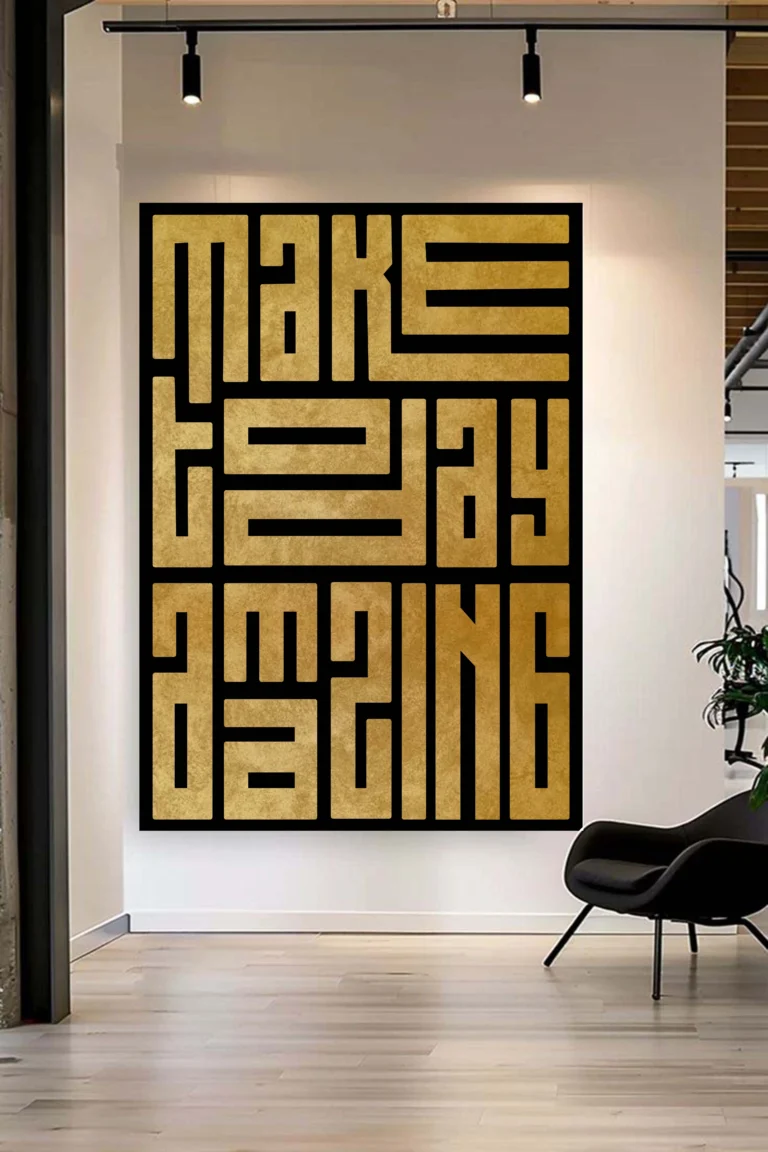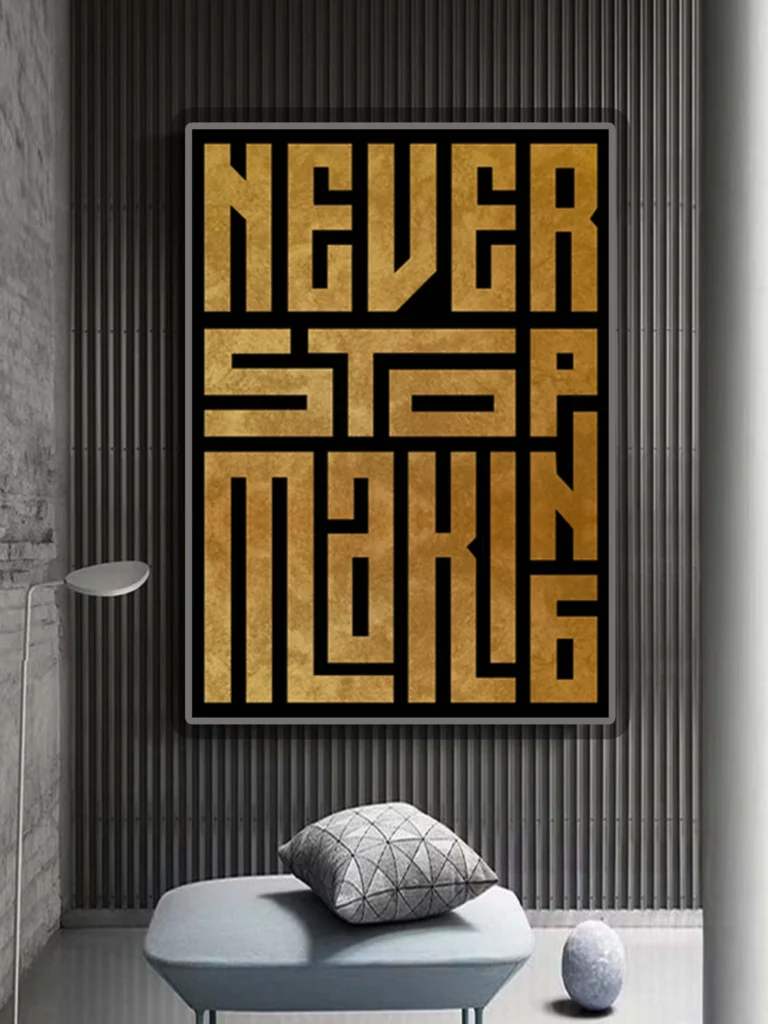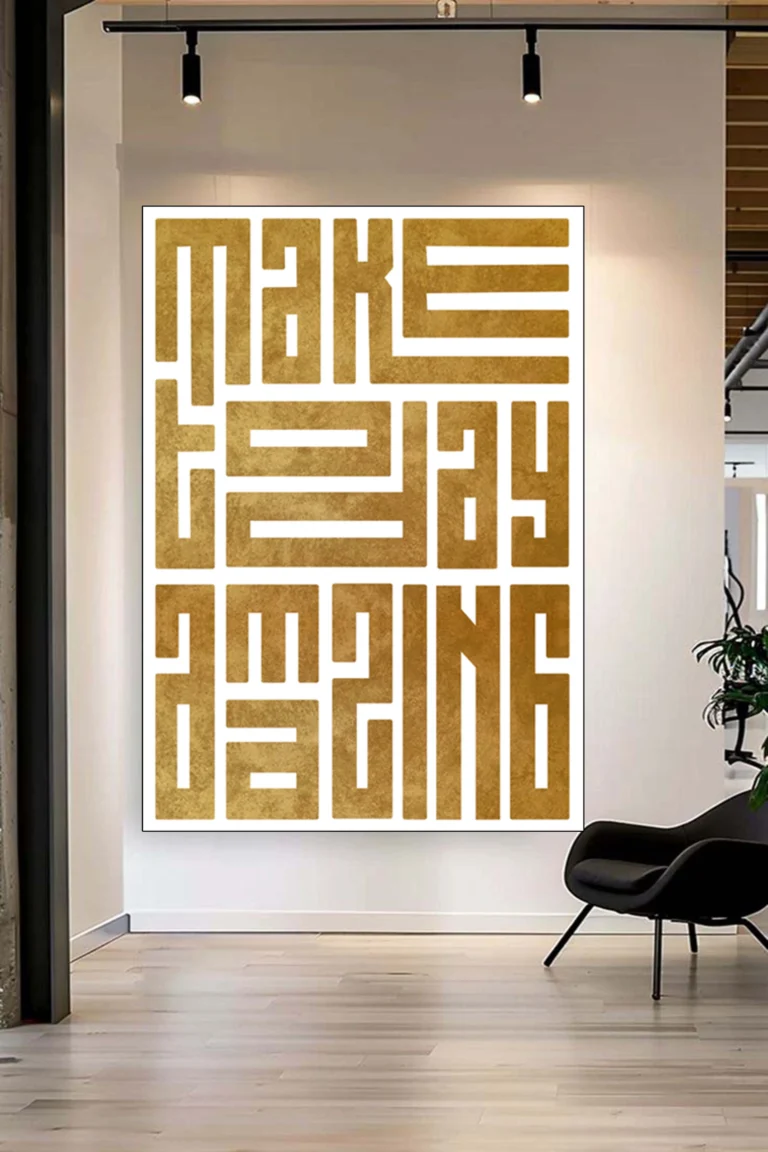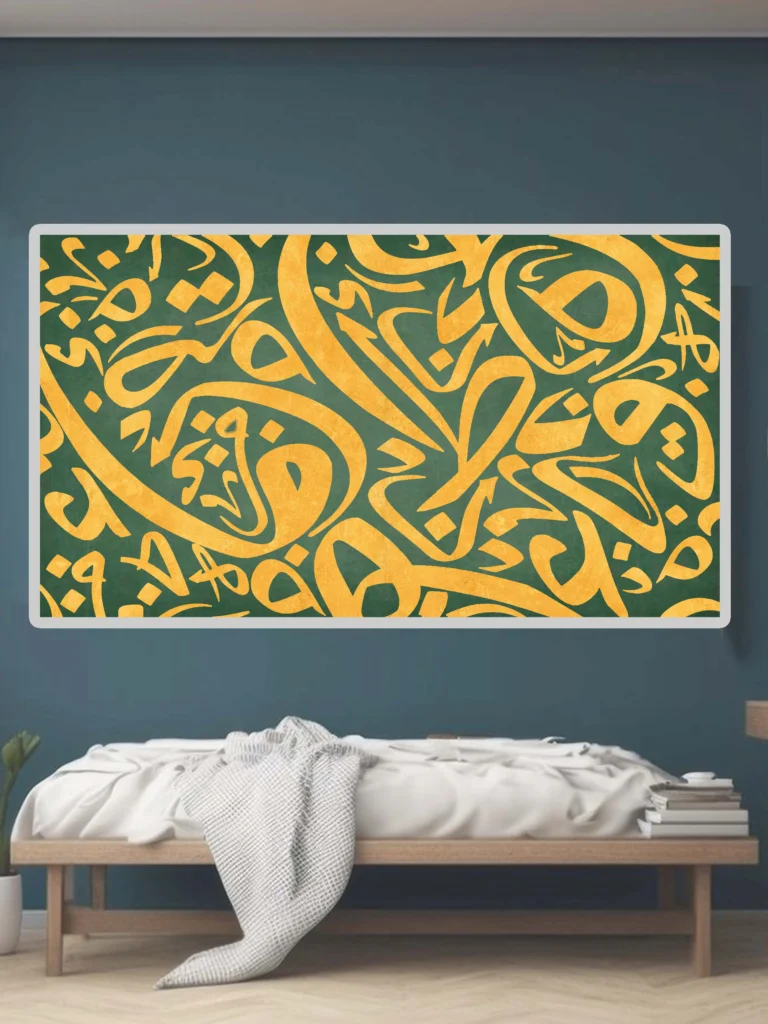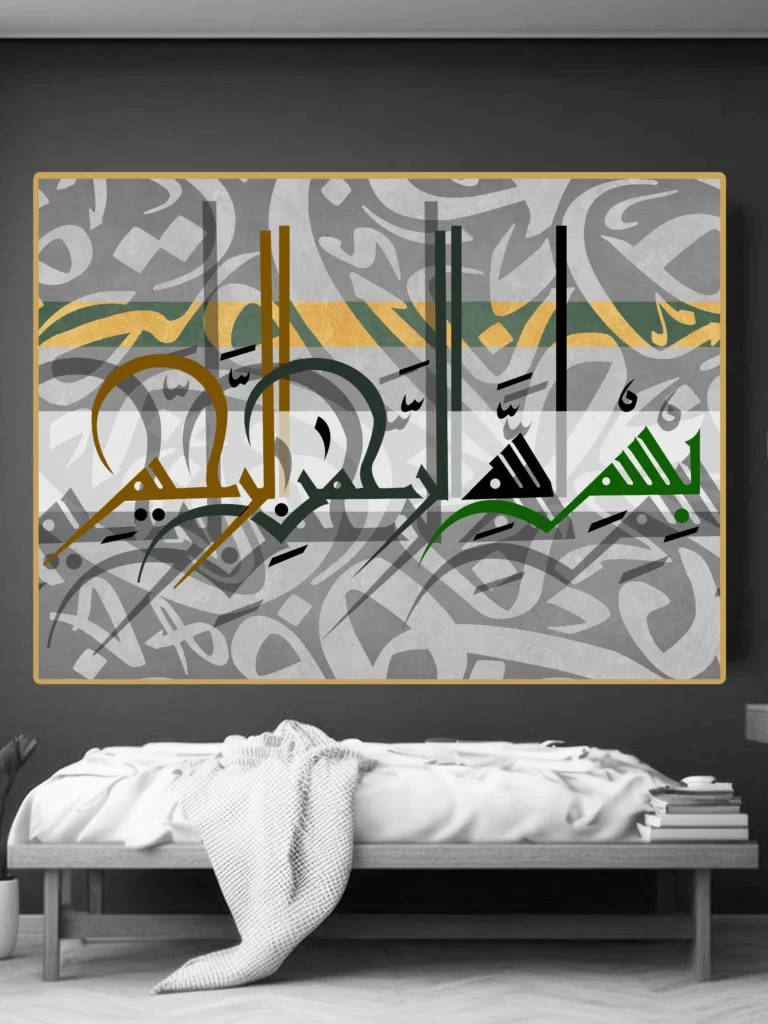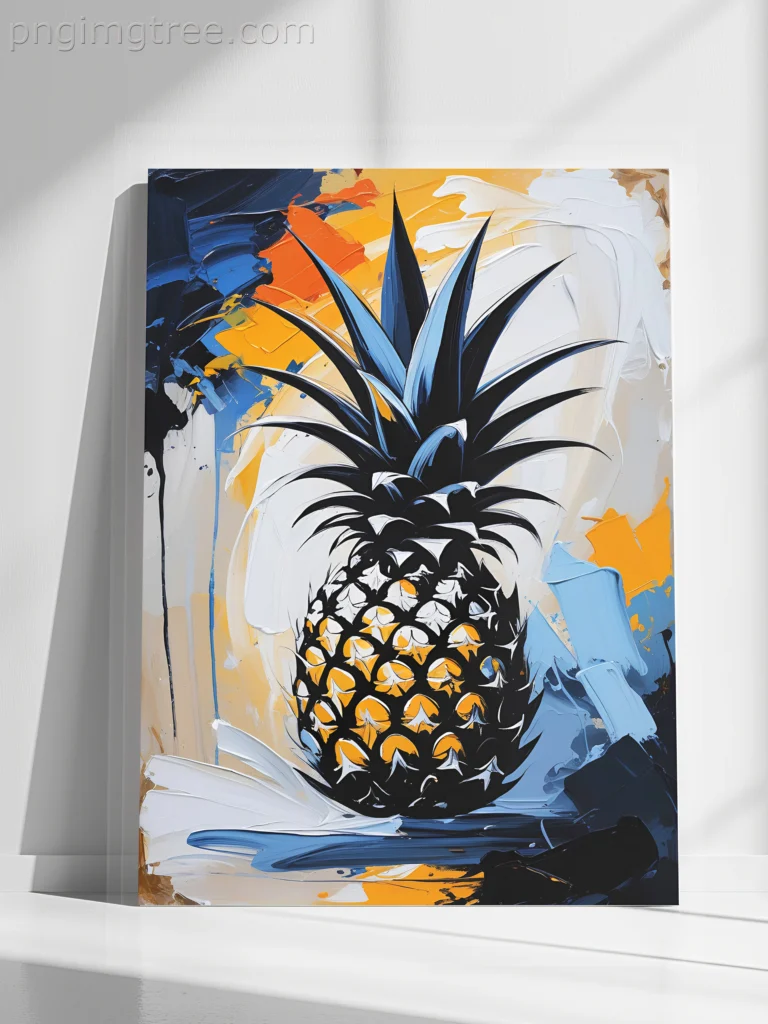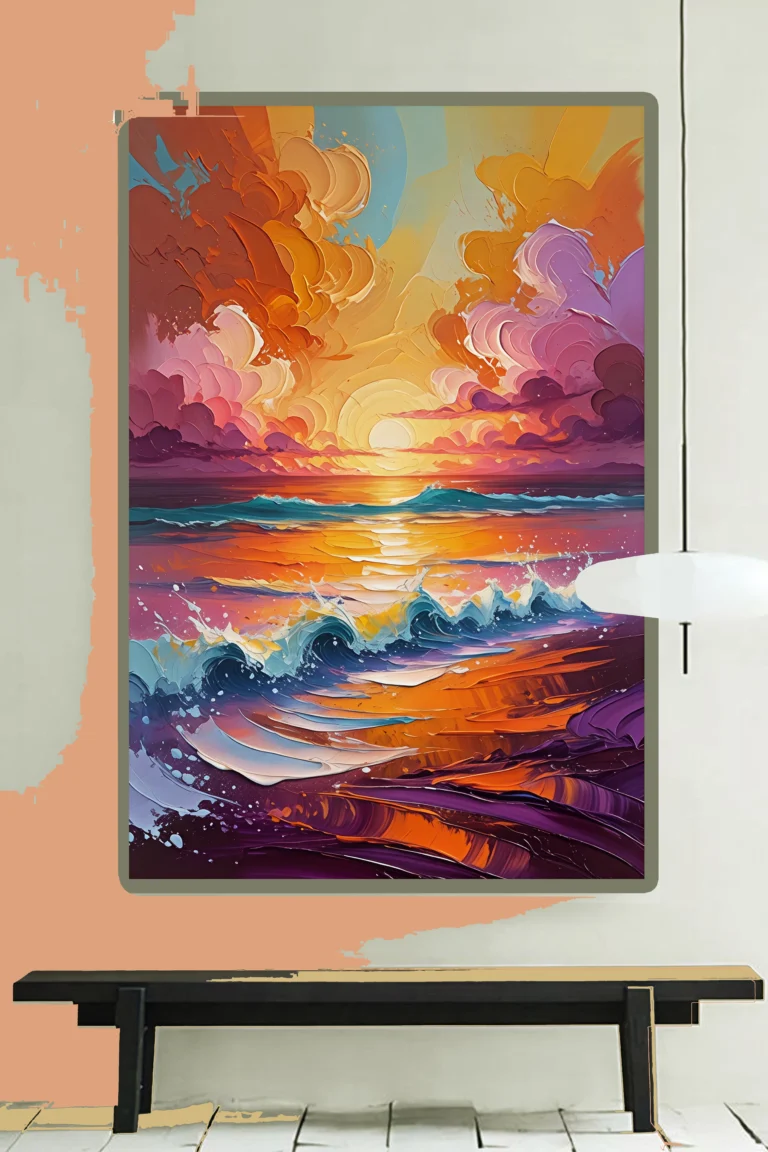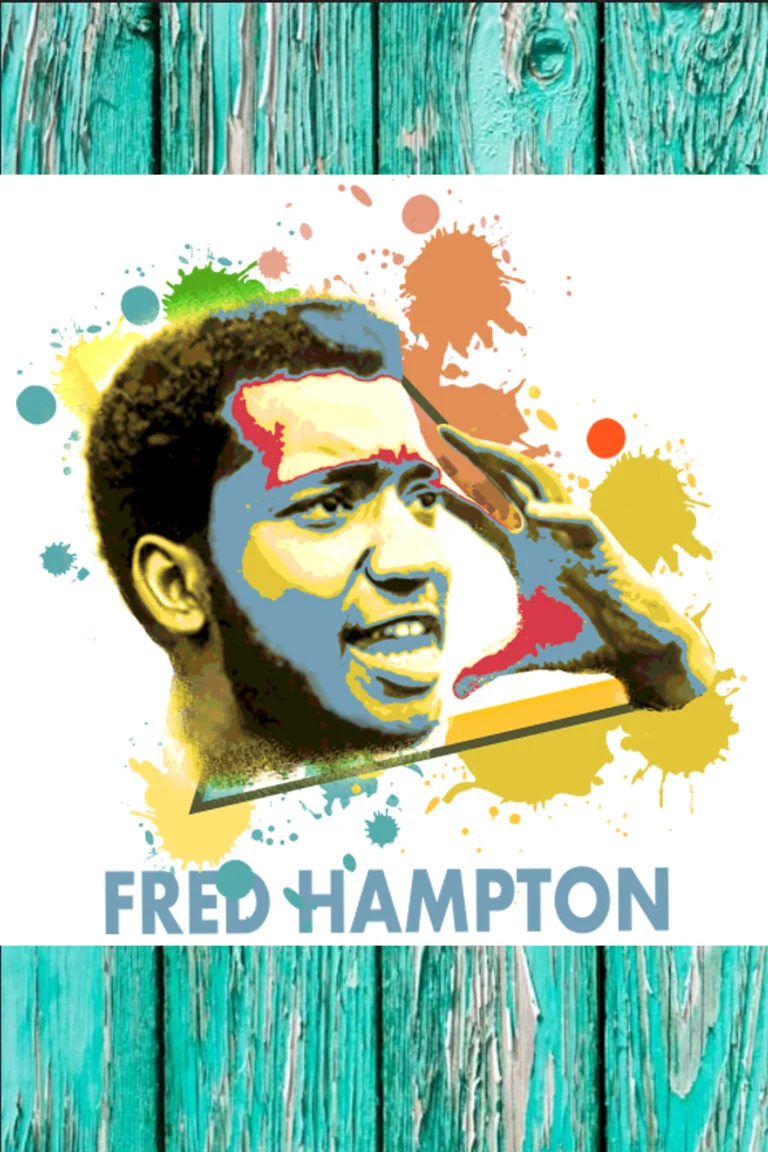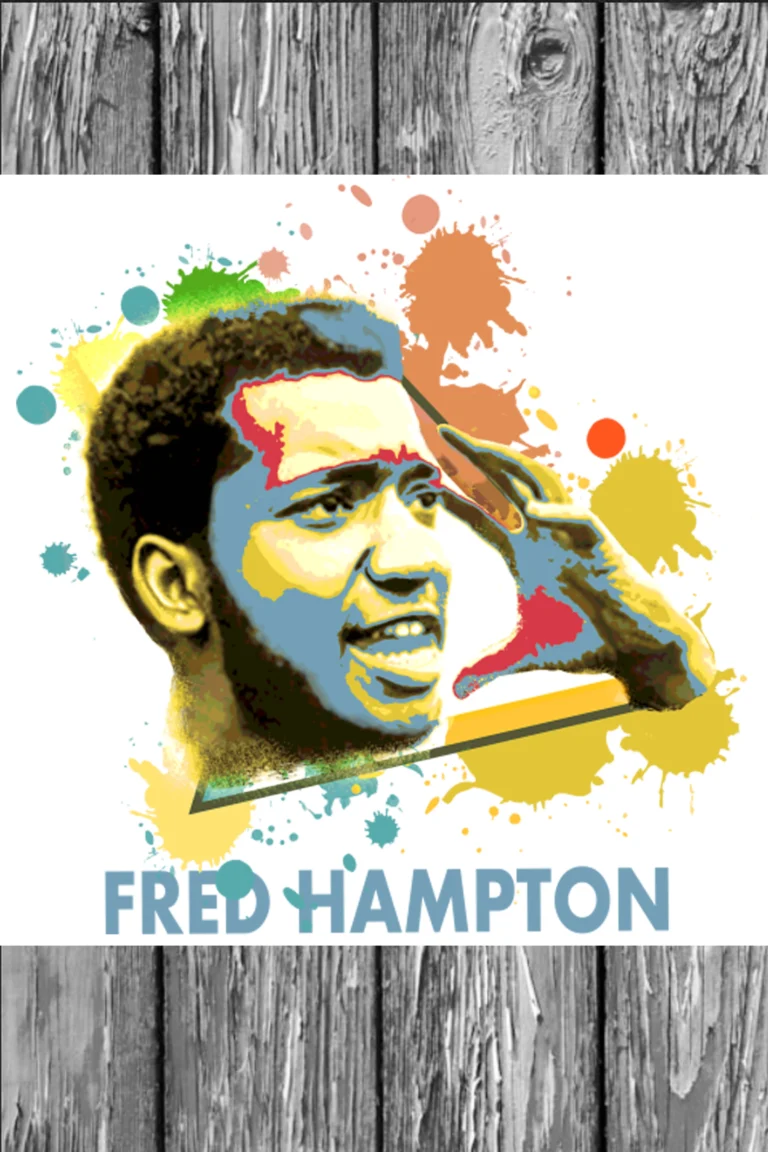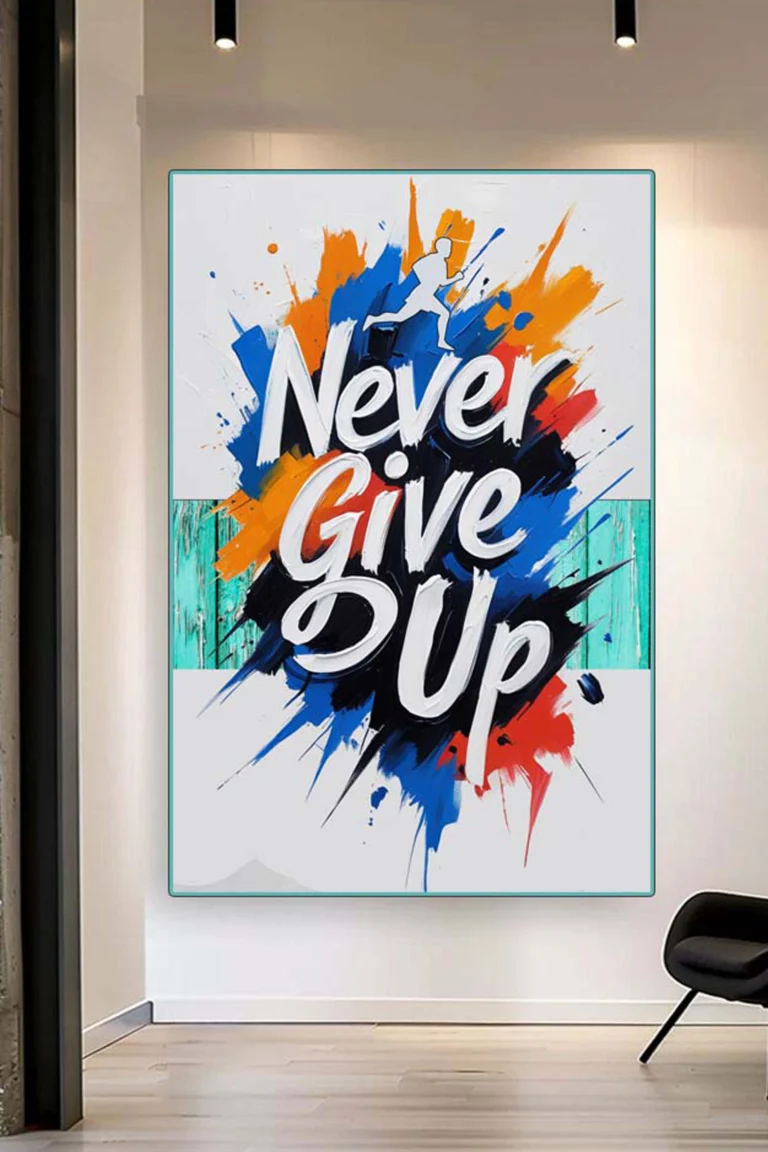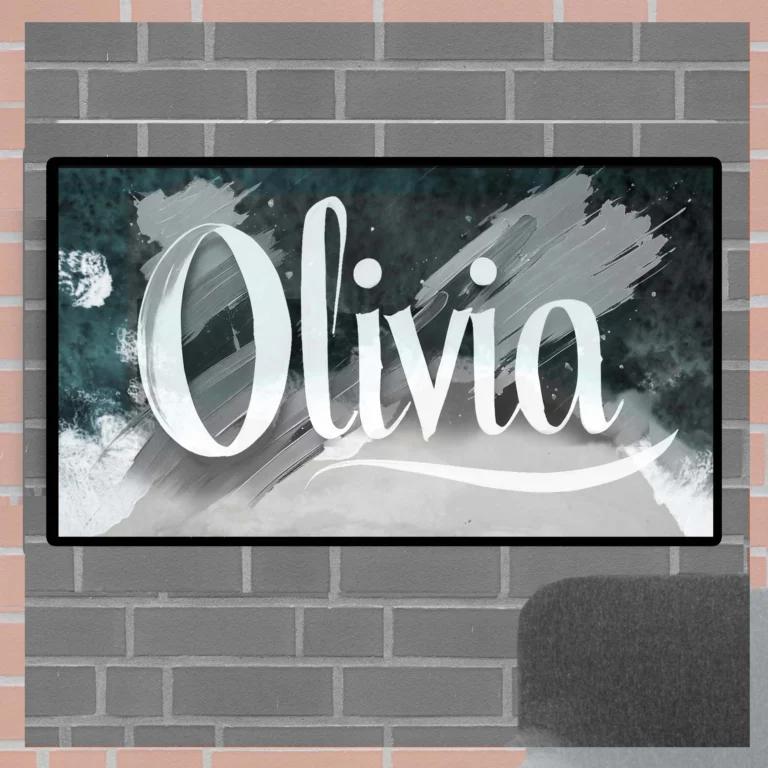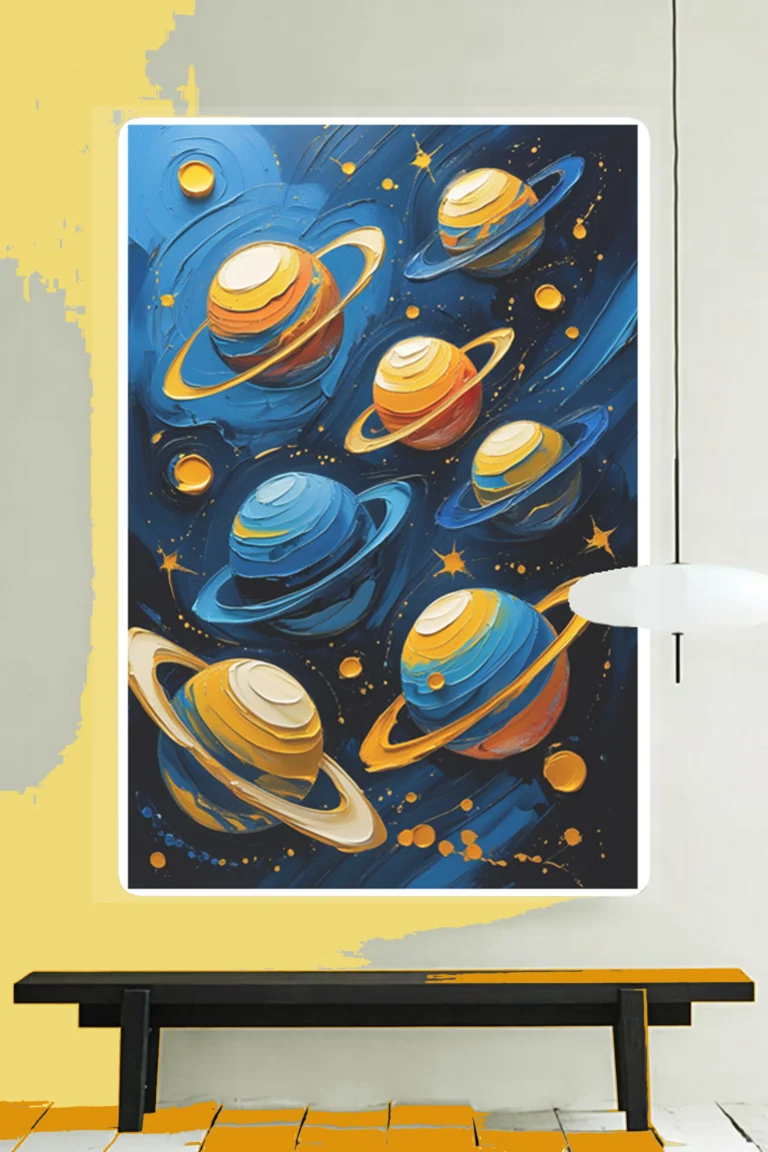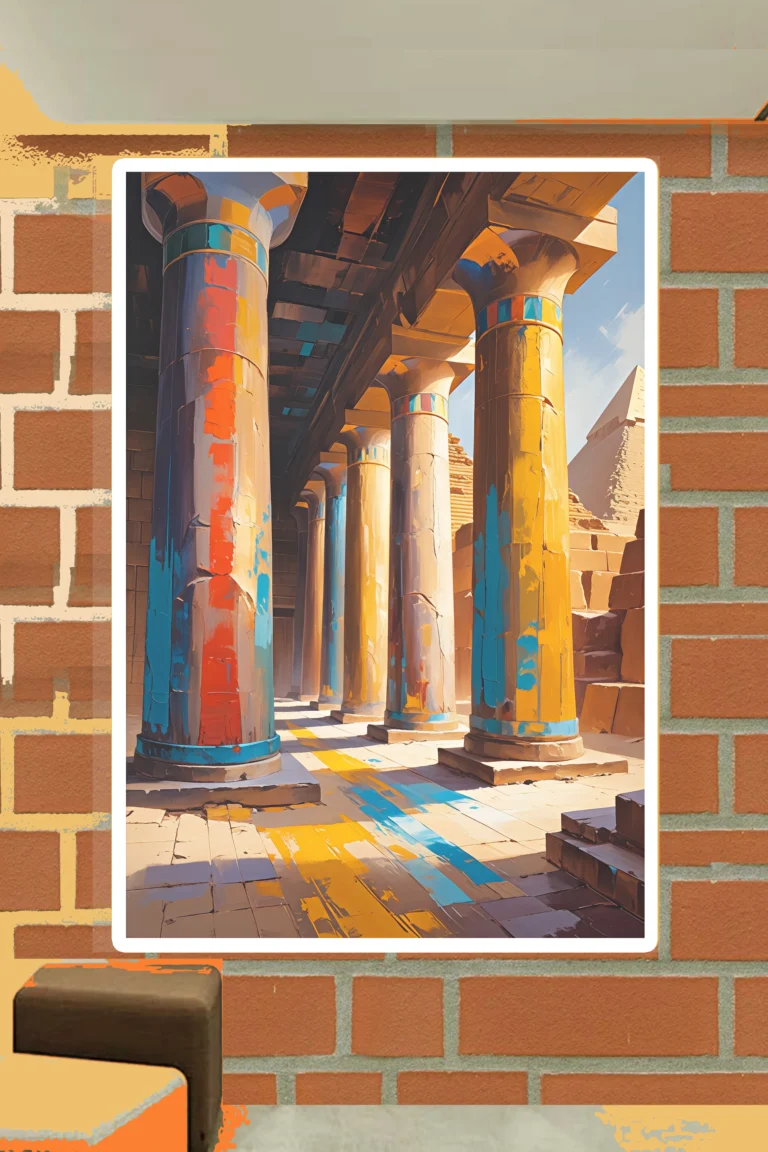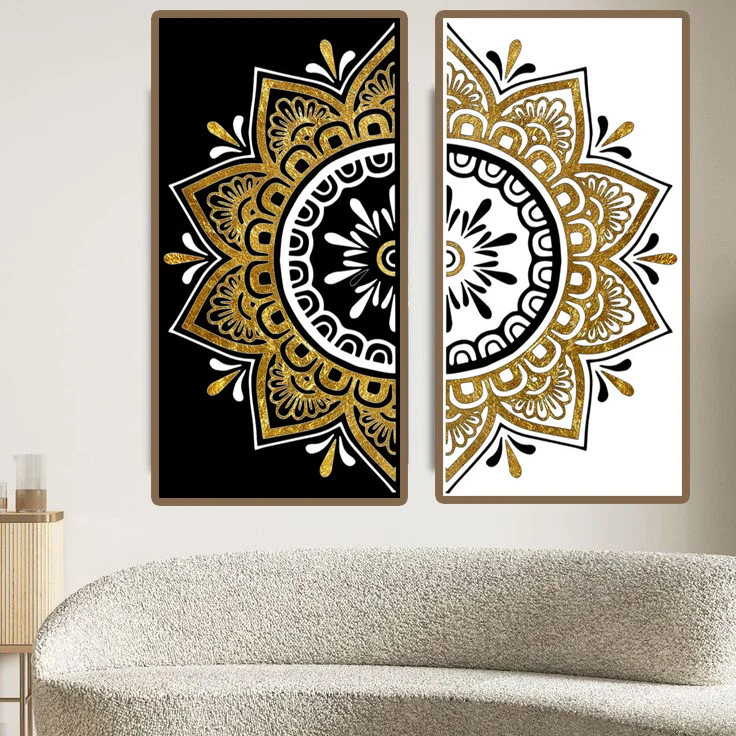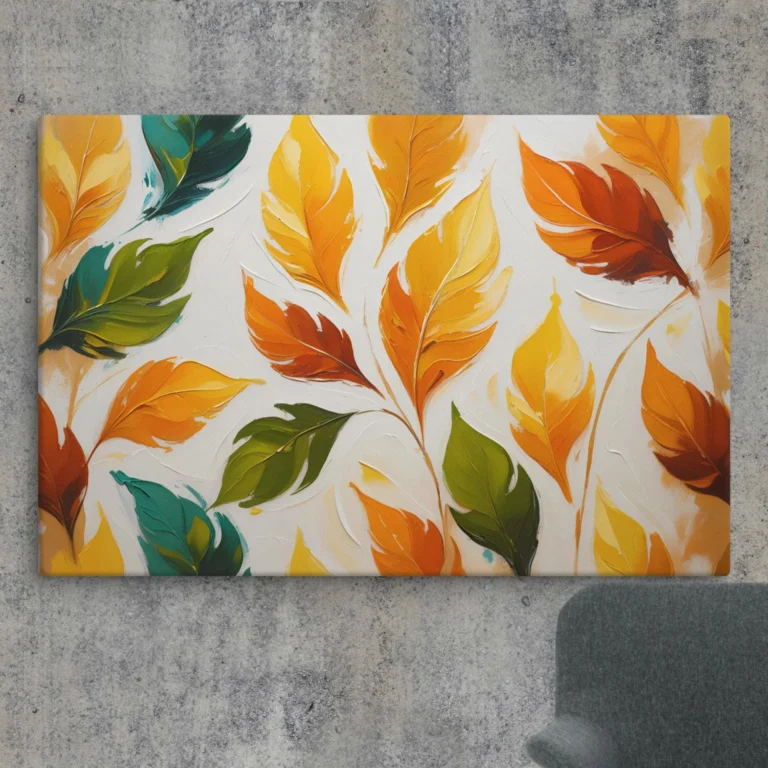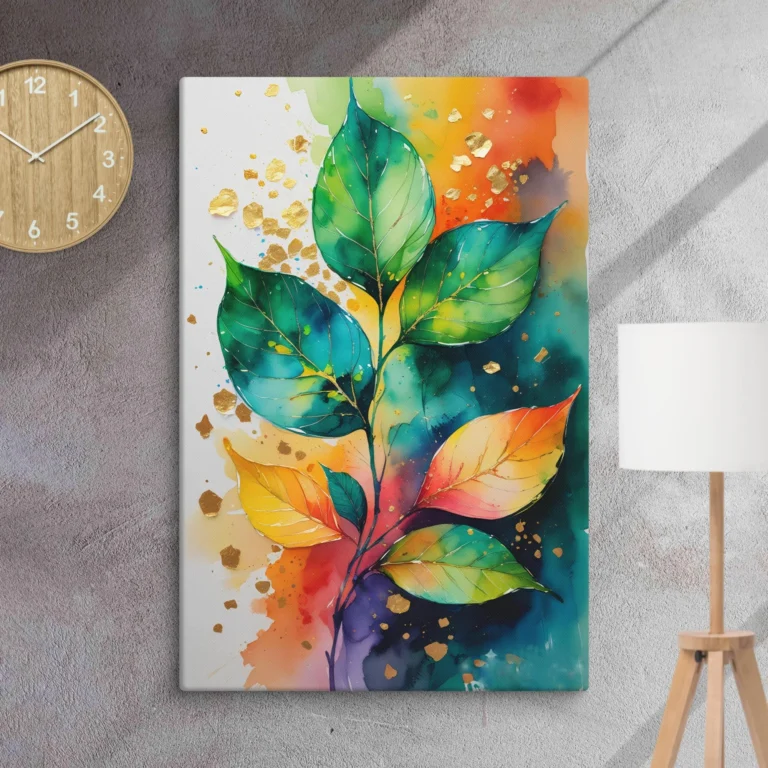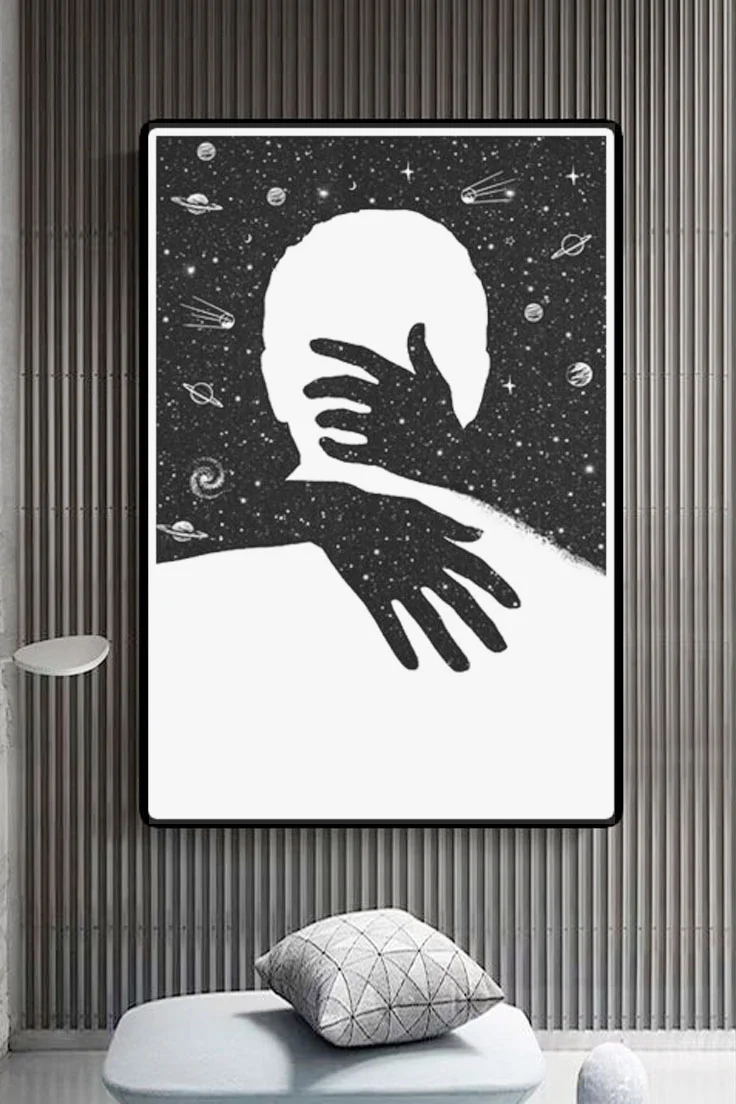calligraphy in arabic language
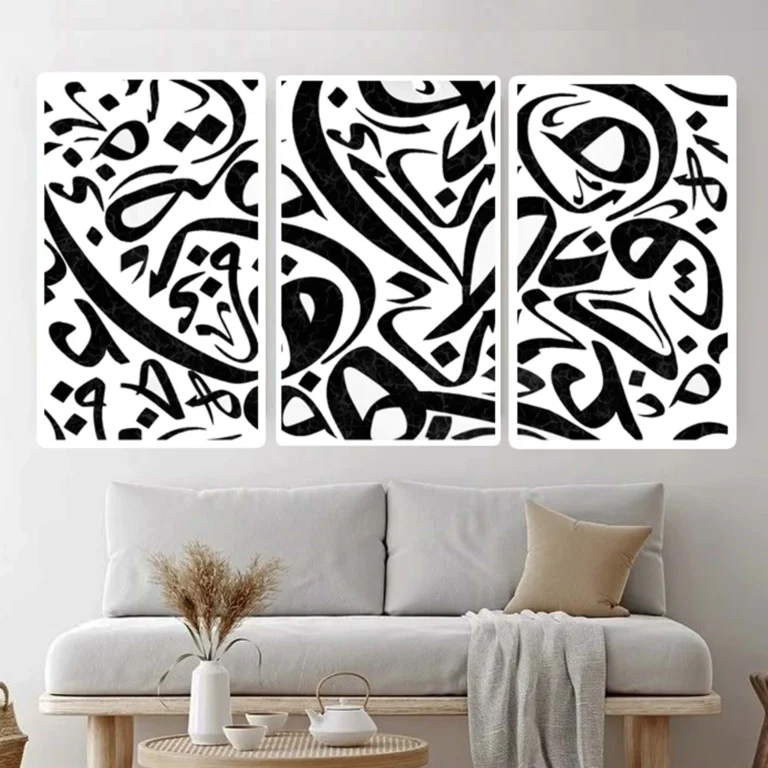
calligraphy in arabic language 3Panel
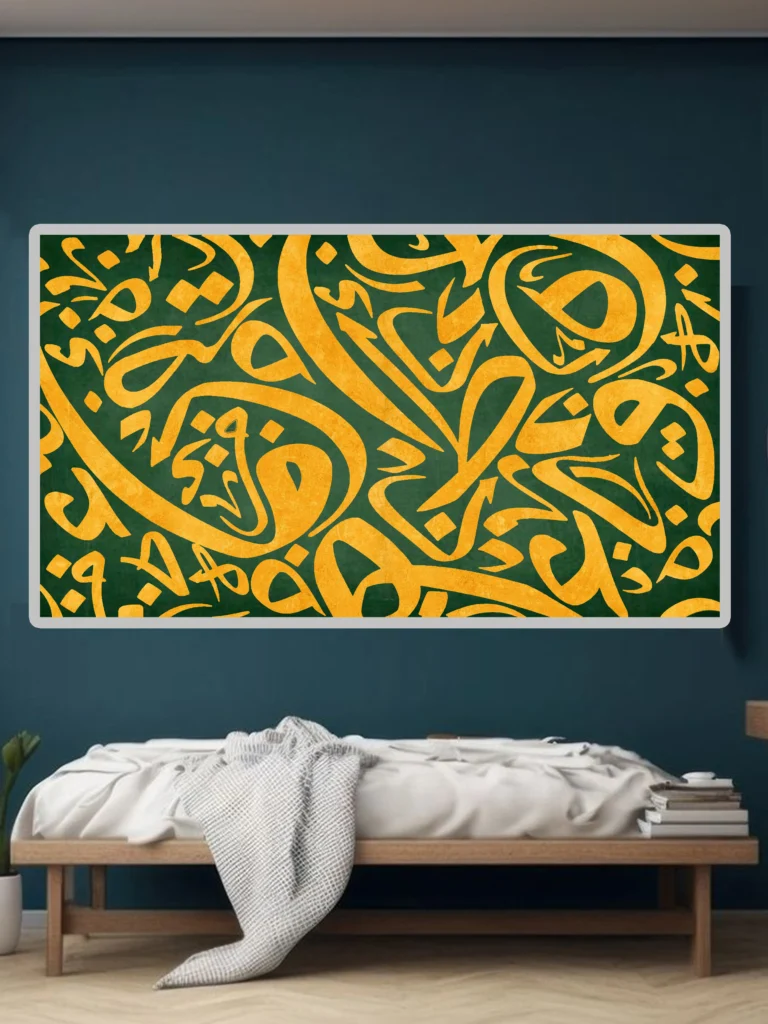
calligraphy in arabic language

bismillah arabic calligraphy art
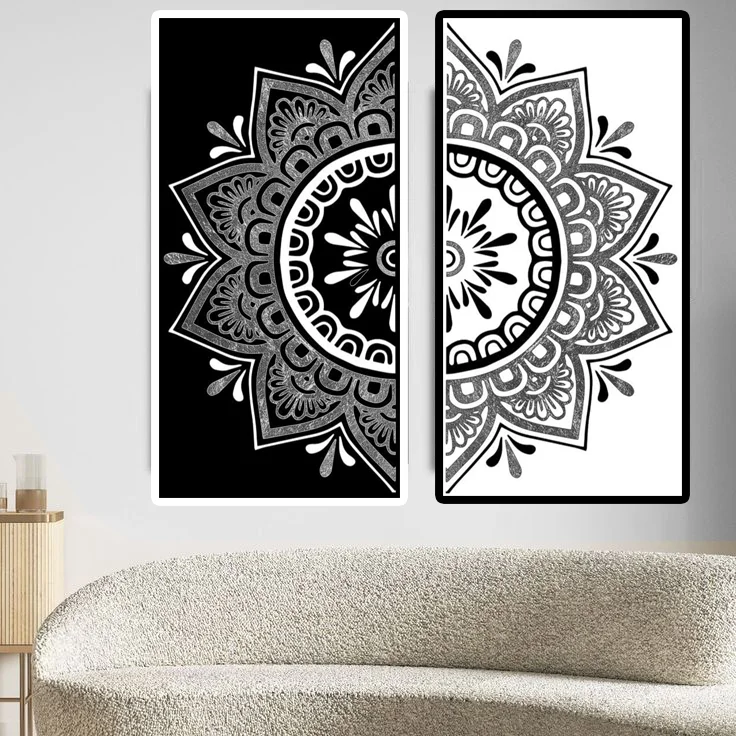
Black and White Mandala Pattern

Mandala Pattern 2 Panel
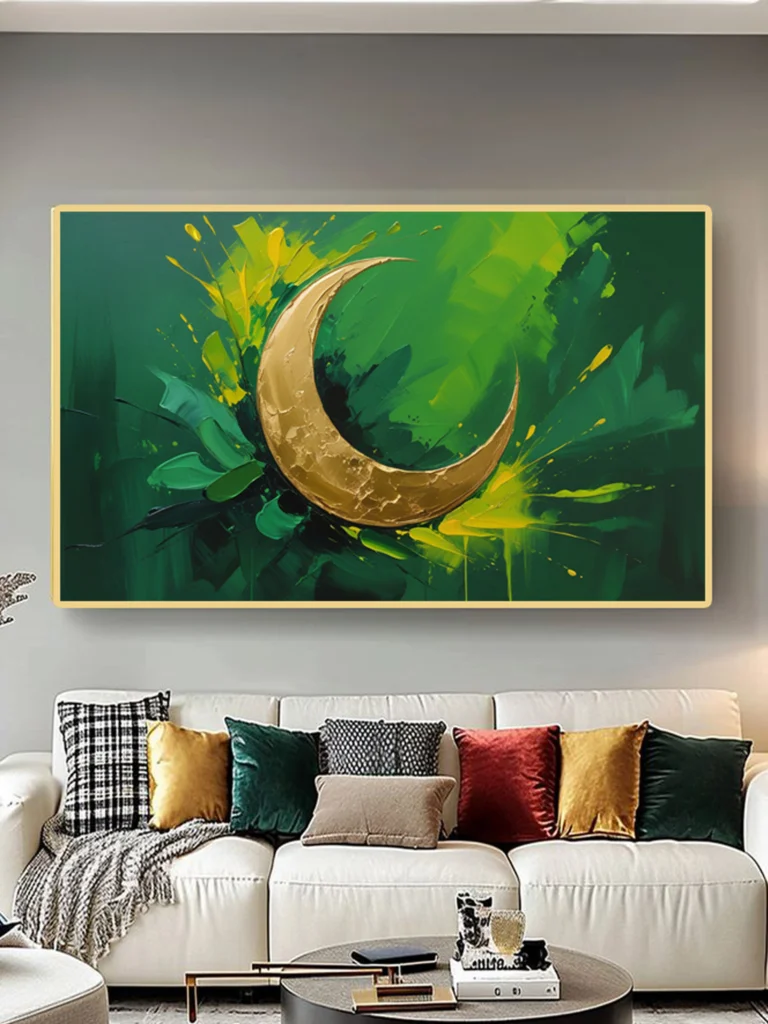
Golden Crescent Moon
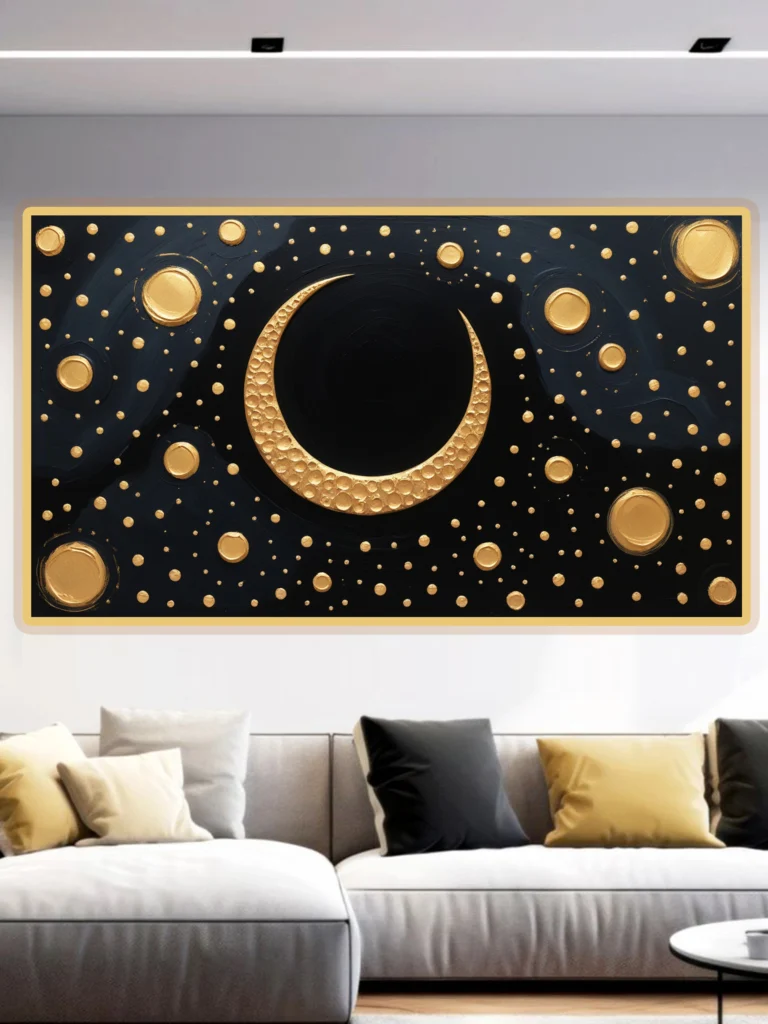
Crescent Moon

Palm Tree
calligraphy in arabic language :
Introduction to calligraphy in arabic language
Arabic calligraphy is one of the world’s most revered art forms, transforming the written word into breathtaking visual poetry. For over 1,400 years, this sacred tradition has adorned everything from Quranic manuscripts to modern skyscrapers. Unlike Western calligraphy that focuses on lettering, Arabic calligraphy in the Arabic language represents a complete artistic discipline where spirituality meets aesthetic perfection.
This comprehensive guide explores:
- The origins and evolution of Arabic script
- Major calligraphy styles and their characteristics
- The spiritual significance in Islamic culture
- Modern applications in art and design
- How to learn and appreciate this living tradition
The Historical Roots of calligraphy in arabic language
1. Pre-Islamic Origins
- Emerged from Nabataean script around 4th century CE
- Early forms used for practical documentation
- Gained sacred status with Quranic revelation (610 CE)
2. Golden Age of Development
- Systematized under Abbasid vizier Ibn Muqla (9th century)
- Established proportional rules using dot measurements
- Flourished across Islamic empires from Spain to China
3. UNESCO Recognition
- Added to Intangible Cultural Heritage list in 2021
- Recognized as a living tradition spanning 14 centuries
- Celebrated for its spiritual and artistic value
Major Styles of calligraphy in arabic language
1. Kufic Script
- Era: 7th-10th centuries
- Features: Angular, geometric, monumental
- Uses: Early Quran manuscripts, architecture
2. Naskh Script
- Era: 10th century onward
- Features: Rounded, legible, balanced
- Uses: Standard Quranic script, printing
3. Thuluth Script
- Era: 11th century onward
- Features: Vertical, elegant, decorative
- Uses: Mosque decorations, royal decrees
4. Diwani Script
- Era: 16th century Ottoman
- Features: Fluid, ornate, interconnected
- Uses: Imperial documents, luxury items
5. Modern Interpretations
- Digital calligraphy
- Abstract expressionist styles
- Mixed-media installations
The Spiritual Dimension of calligraphy in arabic language
1. Sacred Text Preservation
- Primary method for recording the Quran
- Considered an act of worship (ibadah)
- Calligraphers maintain spiritual purity while working
2. Symbolic Meanings
- Vertical strokes represent connection to divine
- Horizontal lines signify earthly matters
- Curves embody the flow of spiritual energy
3. Contemporary Spiritual Art
- Calligraphic representations of Allah’s names
- Quranic verse installations in modern mosques
- Meditation through calligraphic repetition
calligraphy in arabic language in Modern Applications
1. Architectural Integration
- Skyscraper facades in Dubai
- Mosque interior designs worldwide
- Public art installations
2. Graphic Design & Branding
- Luxury brand logos
- Book covers and magazine design
- Corporate identity systems
3. Home Decor Trends
- Framed calligraphy art
- Laser-cut metal wall pieces
- Custom name artworks
4. Fashion & Accessories
- Calligraphic jewelry
- Designer abaya patterns
- Luxury watch dials
Learning Arabic Calligraphy
1. Traditional Methods
- Apprenticeship (ijazah) system
- Mastering basic letter forms first
- Progressing to complex compositions
2. Modern Learning Resources
- Online courses and tutorials
- Calligraphy workshops worldwide
- University degree programs
3. Essential Tools
- Reed pens (qalam)
- Special inks (midad)
- Glazed paper (ahjar)
Where to Experience calligraphy in arabic language
1. Major Museums
- Islamic Arts Museum Malaysia
- Louvre’s Islamic Art Wing
- Istanbul Museum of Turkish and Islamic Art
2. Annual Exhibitions
- Dubai Calligraphy Biennale
- Iran International Calligraphy Exhibition
- Sharjah Islamic Arts Festival
3. Digital Collections
- Online museum archives
- Virtual reality experiences
- Calligraphy apps
Conclusion: The Living Art of Arabic Script – calligraphy in arabic language
Arabic calligraphy remains a vibrant, evolving art form that continues to inspire new generations. From its sacred origins to contemporary digital expressions, this unique visual language bridges past and present, faith and creativity. As global interest grows, Arabic calligraphy stands poised to influence art and design for centuries to come.

